Grieving for my late teacher
NewsOrg development skills sought Board president Mark Fraley comments: The Sanshin Zen Community Board of Directors is collaborating with friends and sangha members to support our dharma community well into the future. This includes plans to renovate our Bloomington campus to meet the needs of our local community; enhance the capacity of the Dogen Institute to create and disseminate new content worldwide, and to expand our residential program to accommodate more sincere practitioners. We are doing this work while planning for a leadership transition as Okumura Roshi moves to the role of founding teacher. We know we need to continue to cultivate strong leadership to meet the aspirations of our community. Please reach out to me if you have skills and interests in organizational development or leadership. We are deeply grateful to those who volunteer their time to help care for the future of our sangha. 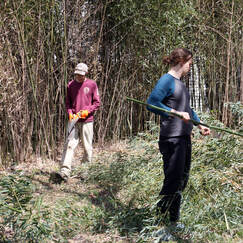 Daily work practice open to the sangha: Sanshin's residential practitioners carry out a daily schedule of zazen, study and work, and they'd like to open the work practice portion of the day to any local sangha member who'd like to join in. Work happens on weekday afternoons from 1 to 3:30 pm and is mainly focused on groundskeeping and other outdoor activities. It's a chance to build community as well as to engage in mindful work. If you'd like to participate, it's helpful to let Sawyer know so that he can be prepared to help make best use of your time. Help Sanshin receive round-up funds Doju suggests: Practitioners who live in Bloomington may be familiar with our local grocery co-op, Bloomingfoods. Each month, Bloomingfoods asks customers to round up their bill for the benefit of local nonprofits as part of their “Positive Change” program. This year, Sanshin Zen Community is on the ballot to receive these round-up donations. Each month this could be a substantial amount that has the potential to greatly benefit Sanshin. If you have a Bloomingfoods membership, you can vote for us here. The deadline to vote is just a few days a way on October 20th, so act soon! If you don’t have a membership and you are interested in having one, you can investigate here. Practice recapOctober sesshin: Nine practitioners carried out the three days of the sesshin, sitting fourteen periods of zazen a day. All were either local or regional practitioners and most had previous experience of sesshin at Sanshin. 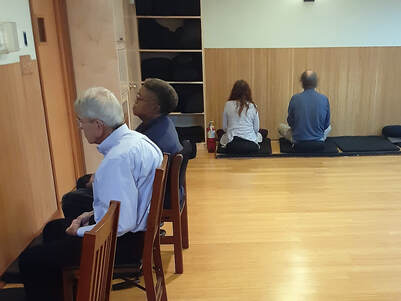 Rosicrucians visit Sanshin Ritoku Robinson reports: A small group of Rosicrucians paid a visit to our community to learn about Zen Buddhism. After a general introduction and outline of Buddhist philosophy and history we went into the zendo for formal instructions on how to practice zazan. Issan was kind enough to assist me by demonstrating proper posture and mindset. He also participated in the general discussion on the philosophy of Buddhism. Rosicrucianism is a Hermetic philosophy within the tradition of esoteric Christianity which historically played a significant role in the introduction of Buddhism into the West. In the 18th and 19th century the Rosicrucians appropriated elements of Buddhist philosophy into their own asserting a belief in perennialism that all True Religion agrees on the fundamentals. Most Westerners of the time period that studied Buddhism had this presupposition as a paradigm of interpretation of Buddhism. This continues well into the 20th century, although today we have much more direct knowledge of Buddhist tradition. Just as the history of Buddhism has it that it adapts itself to the cultural circumstances in which it operates, this is no less the case when introduced into Western Civilization. Coming upTalks for Great Tree Zen Women's Temple: Doju, Issan and Shoryu will all be giving virtual talks on a variety of topics for Great Tree in Asheville, NC over the next few months. Talks are open to the public and information about all of them is on this page. Virtual Genzo-e: Bussho II (November 3 - 7): Okumura Roshi will continue his virtual lectures on the Bussho fascicle of the Shobogenzo, begun with the May 2022 genzo-e and concluding with the May 2023 genzo-e. These will be Okumura Roshi's final genzo-e offered in this form. LEARN MORE Soto Zen North America 100th Anniversary Online 5-day Precepts Retreat (November 16 - 20): Okumura Roshi will be among the sekkaishi (precepts explaining teachers) giving lectures at this retreat, held at Zenshuji in Los Angeles. The week also includes dharma talks, zazen and ceremonies. LEARN MORE REGISTER (do not use the form on the information page) Rohatsu sesshin (November 30 - December 8): Rohatsu sesshin marks Shakyamuni's awakening under the bodhi tree. On the final evening we sit until midnight and hold a brief chanting service. This is our longest and most intensive sesshin of the year. Registration has not yet opened, but mark your calendar and watch for updates. LEARN MORE Sanshin Network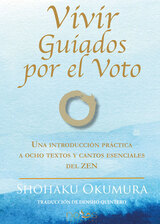 Densho Quintero from Soto Zen Colombia reports: I am happy to share with you the news that the Spanish translation of Living by Vow has been finally published in Spain. The name of the book is Vivir guiados por el Voto and the publisher is Editorial Nous. It's available through the publisher's website. Gardens for Peace: Sawyer and Hoko represented Sanshin at the Gardens for Peace event held at Marian University in Indianapolis. They held a World Peace ceremony for attendees and Hoko gave a brief talk; then they joined participants in folding cranes, doing calligraphy and enjoying refreshments. More images are available on Sanshin's Facebook page. For complete information about Sanshin and our style of practice, visit our homepage.
Out into the worldShohaku Okumura
News
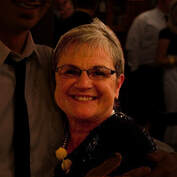 Another new director: Eido Reinhart has joined the board in the in-lineage clergy seat. She practiced with Katagiri Roshi in Minnesota and when he died she practiced with Okumura Roshi when he served as the leader of Minnesota Zen Meditation Center in the 1990s. She received lay precepts from him, then ordination as a novice and eventually dharma transmission. Eido participated in two three-month angos in Japan (2013 and 2016), participated in zuisse in Japan and is recognized by Sotoshu as kokusai fukyoushi (international teacher/missionary). Read a more complete biography on our About Sanshin page.
Please note: If you attended the recent genzo-e by Okumura Roshi on Kenbutsu and would like to send dana to him, you may do so on this page. (General donations are welcome via this page as well.) Coming upSesshin (September 29 - October 2 ): Sesshin at Sanshin is an opportunity to practice without distraction. We practice in complete silence following a 4 am to 9 pm daily schedule that consists simply of fourteen 50-minute periods of zazen with one-hour periods for meals and a bit of personal time. This sesshin-without-toys style of practice was created by our founder's teacher, Kosho Uchiyama Roshi, and practiced at Antaji in Kyoto, Japan. LEARN MORE Gardens for Peace (October 7, 2- 4:30 pm): Hoko will speak briefly, lead a short zazen period and conduct a World Peace ceremony at this event, held in the Japanese garden at Marian University. Activities will also include folding cranes, calligraphy and a presentation about the cultural place and symbolism of the Japanese tea house. Virtual Genzo-e: Bussho II (November 3 - 7): Okumura Roshi will continue his virtual lectures on the Bussho fascicle of the Shobogenzo, begun with the May 2022 genzo-e and concluding with the May 2023 genzo-e. These will be Okumura Roshi's final genzo-e offered in this form. LEARN MORE Soto Zen North America 100th Anniversary Online 5-day Precepts Retreat (November 16 - 20): Okumura Roshi will be among the sekkaishi (precepts explaining teachers) giving lectures at this retreat, held at Zenshuji in Los Angeles. The week also includes dharma talks, zazen and ceremonies. LEARN MORE REGISTER (do not use the form on the information page) Rohatsu sesshin (November 30 - December 8): Rohatsu sesshin marks Shakyamuni's awakening under the bodhi tree. On the final evening we sit until midnight and hold a brief chanting service. This is our longest and most intensive sesshin of the year. Registration has not yet opened, but mark your calendar and watch for updates. LEARN MORE Looking ahead to 2023 In 2023 Sanshin Zen Community will celebrate its 20th year. It's also the time at which Abbot Shohaku Okumura will step into a founding teacher role and turn day-to-day leadership over to the current vice abbot, Hoko Karnegis. In addition to the usual practice events, the ango (practice period) this year will include several special activities that mark these important milestones in the life of Sanshin. You are welcome to participate. Please note that if you're coming from out of town you will need to manage your own travel and to find somewhere off campus to stay overnight; Sanshin does not have guest accommodations. April 3: Ango begins May 4 - 8: Okumura Roshi's final genzo-e: Bussho III (virtual) May 31 - June 5: Sesshin with Hoko and Hosshin June 17: Honsoku gyocha (formal tea and explanation of shuso's koan) June 18: Hossenshiki (shuso's ceremony answering the sangha's dharma questions) June 22: Okumura Roshi's 75th birthday June 24: Morning: anniversary event, including launch of new Sanshin Network book on Shobogenzo Bodaisatta Shishobo; Afternoon: Okumura Roshi's stepping down ceremony June 25: Hoko's stepping up ceremony July 5 - 10: Precepts retreat and jukai-e with Hoko; ango ends Sanshin Network
For complete information about Sanshin and our style of practice, visit our homepage.
Practice perspective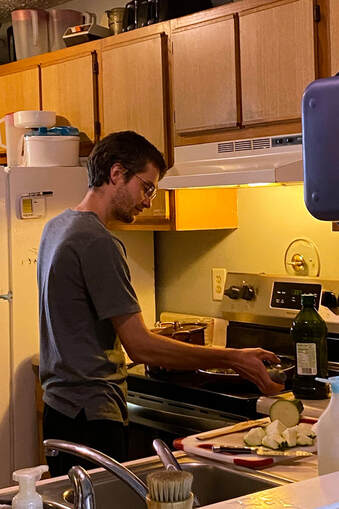 Serving the Three Treasures: A Few Ordinary Doubts and Reminders Sawyer Hitchcock A few days ago, I stood at the kitchen counter of Sanshin’s resident apartment, carefully patting wild mushrooms dry with a paper towel. These firm, golden-orange chanterelles and delicately gilled white oyster mushrooms were unexpected gifts, foraged and dropped off a few days before, along with a box of fresh produce, by a couple of friends of mine, Erik and Rose, who are farmers here in Bloomington. Through the opening over the sink that looks into our living and dining area, I could see Kiku crouched over about a dozen lit candles on the low table in front of the couch. She was using some rare time outside of sewing Buddha’s robe (she’s here primarily as an apprentice Dharma-sewing teacher with Yuko; see following article) to rescue a batch of struggling altar candles in need of a trim. Mokushō, having just arrived from Belgium a week earlier to carry out the Dharma transmission process with Hojo-san, only to receive a positive COVID test result on day two, was on his fourth or fifth day of isolation upstairs in his room (thankfully, with mild symptoms). Following Rose’s recommendation to soak the treasured mushrooms in a cleansing bath of salt water for an hour before cooking, I was aware of passing time, and of the familiar low-level, vaguely motivating anxiety that often arises in me when cooking for others on a schedule (lunch at noon). Watching water spread into the paper towel as I guided it along the ear-like curves and crevices of each chanterelle, a not-uncommon thought during the past several months appeared again: “What exactly am I doing here?” And, following relatively swiftly, a glimpsed and spacious reminder, courtesy of “joyful mind” (kishin), offered a mostly trusted answer: “Well, I’m serving the Three Treasures...” In the Tenzokyōkun, which I’ve been looking into for an hour most mornings during a study period after breakfast, Dōgen describes the experience and functioning of joyful mind in the temple kitchen: Now I have the fortune to be born a human being and prepare food to be received by the three treasures. Is this not a great karmic affinity? We must be very happy about this (Dōgen’s Pure Standards, 48). Reflecting on the endless cascade of causes and conditions that have resulted in my living a life of (more or less) concentrated practice here at Sanshinji over the past four and a half months – with four and a half more to go – there is a sense of ordinary awe. But could this wiping dry of gifted mushrooms intended for a vegetable pasta lunch served to three ordinary beings, really be the same as “preparing food to be received by the three treasures”? And why should I be so happy to do it? Another question occurs to me now: what reason do I have to doubt such a statement about my own activity in this little kitchen, meant to directly support three real people in their ongoing practice, and in establishing Sanshin’s fledgling residential practice? When Kiku spreads the brown fabric of the okesa over the table and steadily sews, I don’t need to question whether or not this is Buddha’s robe unfolding. Biking over to the nearby Hobby Lobby to retrieve a bottle of whiteout and some fabric glue for Mokushō to correct a mistake on his transmission documents, I don’t need to doubt that he is part of the 84th generation aspiring to carry forward the Buddha’s teaching – N-95 mask and all. What else are the three treasures supposed to be? Buddha, Dharma, and Sangha, present and accounted for at the table – each meal and twenty-four hours a day. What’s missing? Kiku suggests more water in the pot – so the noodles don’t stick together. And maybe some more salt. Other news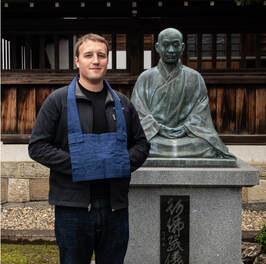 New director: Michael Komyo Melfi was appointed to Sanshin's board of directors at its annual meeting a few weeks ago. He's the primary organizer of Grove City Zen, a small sitting group in Ohio. After gaining an interest in Buddhism in high school, he began reading and studying more in college and discovered Sanshin Zen Community in his backyard in Bloomington. Michael took lay precepts with Hoko in 2019, and after leaving Bloomington and moving to the Columbus area he wanted to continue to practice Zen in the Sanshin style and give others the opportunity to do the same. He's now a pre-novice with Hoko, completing requirements to ordain as a novice. Michael studied History and Religious Studies at Indiana University, has a passion for studying Buddhist philosophy and history, and lives in Grove City with his wife and two dogs. His 2019 video series History of Zen in America includes interviews with Okumura Roshi, Hoko and Doju. 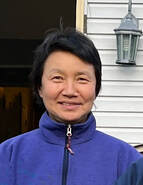 Sewing apprentice at Sanshin: Residential practitioner Kikuko Morimoto is engaged in a one-year study with sewing teacher Yuko Okumura, learning robe sewing technique and history as originally described in the Vinaya and in other texts such as Digen's Shobogenzo Kesakudoku. Kiku's apprenticeship, begun in April, builds on her existing sewing skills and ensures that knowledge of this traditional 2,500-year-old practice is passed to the next generation. Yuko is the only teacher in the US who has completed a year of formal sewing training at Antaiji within the lineage of Kodo Sawaki, who revived the tradition of hand-sewing okesa in modern Japan. After this apprenticeship, Kiku hopes to be able to spread this knowledge to various temples around the United States, and thus help to ensure the preservation of this sewing lineage, which comes directly from Buddha. "Unfortunately, this sewing practice is dying out even in Japan. Though at a few temples the monks still sew their own okesa, most priests in Japan purchase their okesa. Preserving this knowledge will be critical to carrying on the tradition of personal sewing practice. Geographically, this knowledge will first be shared with Soto Zen temples across the US." Videos of Yuko and Kiku and their sewing practice are up on the Kesa Sewing Channel. Kiku was born in Kobe, Japan. She is an artist and Japanese teacher who has been practicing meditation since she took a 10-day silent Vipassana meditation course in 1995. She received lay precepts from Soshin Teah Strozer in 2017 at the Brooklyn Zen Center, where she was the co-facilitator of its BIPOC sangha. She served as the shika (guest manager) and tenzo (head of kitchen) at Ancestral Heart Zen Monastery in New York from 2019 until last spring, when she moved to Sanshin for her apprenticeship. Facebook fake: Please be aware that the "public figure" Facebook account created in the name of Shohaku Okumura is unauthorized and is not connected in any way either with him or with Sanshin. Nothing posted there comes from him, though it seems that material from Sanshin's Facebook page as well as those of members of the Sanshin Network has been reposted. Please do not like, share or follow. Coming upSesshin (September 1 - 4 and September 29 - October 2 ): Sesshin at Sanshin is an opportunity to practice without distraction. We practice in complete silence following a 4 am to 9 pm daily schedule that consists simply of fourteen 50-minute periods of zazen with one-hour periods for meals and a bit of personal time. This sesshin-without-toys style of practice was created by our founder's teacher, Kosho Uchiyama Roshi, and practiced at Antaji in Kyoto, Japan. LEARN MORE Virtual Genzo-e with Chapel Hill Zen Center (September 9 - 14): Shobogenzo Kenbutsu ("Seeing Buddha") This genzo-e is a collaborative effort with the Chapel Hill Zen Center. Sanshin will stream Okumura Roshi's lectures on Zoom and at Chapel Hill Zen Center these talks will be framed with in-person zazen, meals, and a work period. A few spaces remain at Chapel Hill for in-person participation; all others may register for virtual participation. More information is available here. Sanshin Network
For complete information about Sanshin and our style of practice, visit our homepage.
Don't have deluded thoughts
Practice recap
Other news
Coming up
Sanshin Network
For complete information about Sanshin and our style of practice, visit our homepage.
Practice recap
Other news
 Seeking graphic design volunteer: The Dogen Institute, the educational arm of Sanshin Zen Community, is looking for a volunteer graphic designer. Even two hours per month can be extremely helpful, and we welcome your participation from anywhere in the world. The work will concentrate on the presentation of our web properties and materials, such as e-books. We are currently working on a couple of logos, as well as a few illustrations for books. Experience with Adobe Illustrator desired. We understand that your volunteer work for not-for-profit organizations comes at the expense of your personal time. With that in mind, we always respect and appreciate whatever amount of time you have to offer towards these efforts. Please contact DI director David Thompson or use the Contact Us link on the Dōgen Institute website.
Coming up
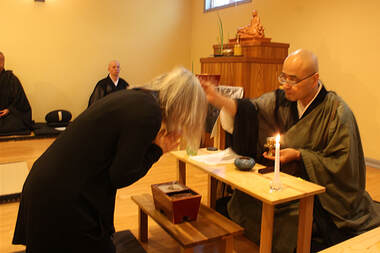 Virtual precepts retreat: June 29 - July 4 with Shohaku Okumura: This retreat focuses on the study of the bodhisattva precepts that Buddhists receive as guidelines for living a life of practice. This year's group of precepts recipients will be in the zendo in person engaging in zazen, lectures, work practice and silent meals; the schedule is here. A precepts ceremony (jukai) is held during the last day of the retreat in which those practitioners will receive the Buddhist precepts and a rakusu, or lay robe, which they have sewn beforehand. Outside of these recipients, all participation in the retreat will be virtual. All spaces for precepts recipients are filled for this year and the retreat will not be opened for general in-person registration. Please contact us for access to our virtual practice page if you don't already have it. Registration for virtual participation is not necessary, however dana will be gratefully accepted. Sanshin NetworkOrdinations in France: On May 15 Shoju Mahler gave the priest precepts to her student Raphaël Benoit who received the Dharma name Jido Shogen, and also to Mokusho Depreay's student, Laurent Nieblas Ramirez who received the Dharma name Shozan Keido. Shoju is the founder and head priest of Hosuiji in Alès, France. Mokusho is the founder and head priest of Daishinji in Mons, Belgium. "We are very lucky to both be Okumura Roshi's disciples and very grateful to be receiving his teachings. Mokusho and I support each other and work closely together to spread the Dharma." says Shoju. Everyone enjoyed the ceremony and the beautiful sunny day! Mokusho observed, " A beautiful ceremony, which opens a new chapter for Shôgen and Keidô, but also for our center, since it is the first time that one of its members receives the ordination of "Buddhist priest" (except Mokusho)." Genzo-e participation and new dorm in Belgium: Seven people joined Mokusho in online participation in Sanshin's May genzo-e from Daishinji in Mons. He says "It was also the occasion for us to inaugurate the dormitory installed by me and Fabien, since four people stayed there for one or more nights. We are already looking forward to the next retreat in November, in the same form."
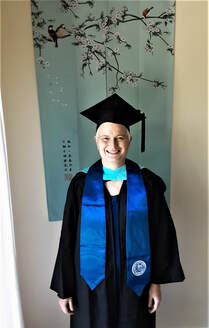 Graduation in California: On May 22, Jokei Molly Whitehead completed her master’s degree in Clinical Mental Health Counseling. Her first class for graduate school, four years ago, began with the question, “What is the self?” Jokei has enjoyed integrating insights from Western psychology with Zen study and practice. She looks forward to ongoing learning as a therapist and priest, and to supporting people’s efforts toward liberation, meaning, and joy. After training at Tassajara Zen Mountain Center, she studied for several years with Shohaku Okumura and was ordained by him in 2011. She has helped to edit several of Okumura Roshi’s books, including The Zen Teaching of Homeless Kodo. Her geographic location may change in the coming months, but she can be reached through her soon-to-be-revived blog and is always happy to hear from fellow sangha members. For complete information about Sanshin and our style of practice, visit our homepage.
Pull Your Own Nose and Lift the Ancient Kōan Shohaku Okumura
Practice recapVirtual talk on sangha: Hoko gave a virtual talk for the Great Tree Zen Women's Temple in Asheville, NC. Her topic was Dogen's Three Aspects of Sangha and she covered the manifesting, maintaining and absolute sangha as described in the Kyojukaimon and the relationship between sangha and precepts. The Great Tree sangha is studying sangha this year and preparing for a precepts receiving ceremony. Great Tree founder Teijo Munnich was an early organizer of Sanshin Zen Community and will be visiting Sanshin next month for our honsoku gyocha and shuso hossen ceremonies.
Other news
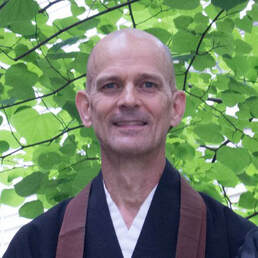 Anniversary prep: Shoryu Bradley, founder of Gyobutsuji in Arkansas, spent a few days at Sanshin working with Hoko on ino materials for the 100th anniversary of Soto Zen in North America. The 5-day event, to be held in Los Angeles in November, includes a precepts receiving ceremony for 100 practitioners, including Mark Fraley, Gene Elias and Mark Ahlstrom from our own sangha. Okumura Roshi will be giving three lectures on the precepts, Hoko and Shoryu will serve as inos, and Hosshin is a member of the building committee. New books available
Coming up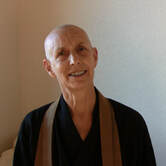 June sesshin with Shodo Spring: While all seats for in-person participation are now full, virtual participation remains available. Sesshin at Sanshin is an opportunity to practice without distraction. We set aside the usual activities -- or entertainments -- of temple life, like work periods, meetings with teachers and dharma talks, and focus completely on zazen. We practice in complete silence following a 4 am to 9 pm daily schedule that consists simply of fourteen 50-minute periods of zazen with one-hour periods for meals and a bit of personal time. This sesshin-without-toys style of practice was created by our founder's teacher, Kosho Uchiyama Roshi, and practiced at Antaji in Kyoto, Japan. We carry on and offer this tradition of our lineage here at Sanshin. Shodo Spring is a dharma heir of Shohaku Okumura and is a member of Sanshin's board of directors. She sits monthly Antaiji-style sesshins in the tradition of her lineage, leads an informal study group, and occasionally gives talks and retreats at other temples. She founded Mountains and Waters Alliance in Minnesota, a part of the Sanshin Network, to work together with all beings for the welfare of the whole earth. She lives on a farm, apprenticing herself to the plants, waters, animals and earth, learning to be human, and she spends time with her children and grandchildren. More information about the sesshin is here.
Sanshin Network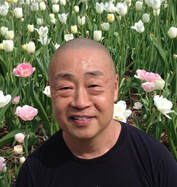 Listen to Issan's story: As part of the StoryCorps project, shuso and former hospice worker Issan Koyama talked about his experiences with grief. The podcast is available on the StoryCorps website, and a two-minute version is available on the NPR Morning Edition website.
For complete information about Sanshin and our style of practice, visit our homepage.
Practice recapStandard morning schedule reinstated: With the start of the ango (practice period) on April 4 we returned to the pre-pandemic morning schedule, which begins at 5 am and includes two periods of zazen, liturgy, a reading from the Shobogenzo Zuimonki and soji (cleanup). We've also retired the Enmei Jukku Kannongyo and pandemic eko from the morning service.
Spring opens with work day: Following a few dharma words from Hosshin, practitioners went to work to cut bamboo, clean up the moss garden, thoroughly clean the zendo and kitchen and modify kitchen shelves. Other news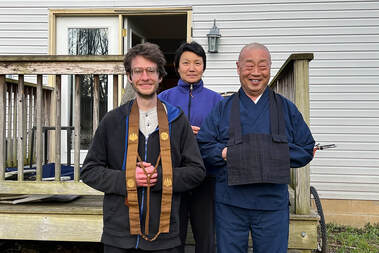 Sawyer, Kikuko and Issan Sawyer, Kikuko and Issan Pilot residential program underway: Three residential practitioners are now in place and will engage in a full-day schedule for the duration of the ango. The rented building next to Sanshin, formerly used for short term guest accommodations, is now devoted to residential practice. Sawyer from Bloomington and Kikuko and Issan from New York have two areas of activity during this pilot; in addition to participating in all of the practice activities happening at Sanshin and undertaking their own projects, they're helping to create and develop the residential practice program by actually living that life on a trial basis, building systems and making suggestions for the future. Issan is serving as shuso for the ango, Kikuko is training with Yuko as a dharma sewing teacher, and Sawyer is coordinating the residential practice committee of Sanshin's board that's determining policy and procedures for the program. Sanshin is not yet taking applications for future residents and hasn't determined a timeline for establishing an intake process; that information will be posted as it becomes available. 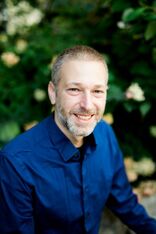 Opportunity for board service: Board president Mark Fraley is interested in talking with those considering becoming directors for the upcoming three-year term. "Sanshin's board of directors continues to collaborate with clergy, staff, and practice leaders to make practice opportunities available to more and more people while doing our best to ensure the health and safety of our sangha. With residents on site and more activity in our zendo, we're making steady progress in meeting our key strategic priorities. However, we do need more people to be part of our efforts! This July, we will be holding our annual board retreat in Bloomington where we welcome new directors. If you have skills in outreach, communication, development, or management and want to offer your abilities in the service of the dharma, please email me."
Coming up
 June sesshin with Shodo Spring: Sesshin at Sanshin is an opportunity to practice without distraction. We set aside the usual activities -- or entertainments -- of temple life, like work periods, meetings with teachers and dharma talks, and focus completely on zazen. We practice in complete silence following a 4 am to 8 pm daily schedule that consists simply of thirteen 50-minute periods of zazen with one-hour periods for meals and a bit of personal time. This sesshin-without-toys style of practice was created by our founder's teacher, Kosho Uchiyama Roshi, and practiced at Antaji in Kyoto, Japan. We carry on and offer this tradition of our lineage here at Sanshin. Shodo Spring is a dharma heir of Shohaku Okumura and is a member of Sanshin's board of directors. She sits monthly Antaiji-style sesshins in the tradition of her lineage, leads an informal study group, and occasionally gives talks and retreats at other temples. She founded Mountains and Waters Alliance in Minnesota, a part of the Sanshin Network, to work together with all beings for the welfare of the whole earth. She lives on a farm, apprenticing herself to the plants, waters, animals and earth, learning to be human, and she spends time with her children and grandchildren. Read more and register here.
Sanshin NetworkOrdination in Colombia: Densho reports that he's ordained a new novice at Soto Zen Community of Colombia. "We had a short sesshin and tokudo for one of our sangha members. It is always a happy event to have a newborn monk."
For complete information about Sanshin and our style of practice, visit our homepage.
Practice recap March sesshin in honor of Uchiyama Roshi: Eight practitioners participated in person and several more joined the sesshin virtually. Sesshin ended on Uchiyama Roshi's memorial day with a dharma talk from Okumura Roshi and a brief chanting service. Uchiyama Roshi is one of the most important influences on Sanshin's practice today. For links to works by and about him, go to this page. Coming up
 June sesshin with Shodo Spring: Sesshin at Sanshin is an opportunity to practice without distraction. We set aside the usual activities -- or entertainments -- of temple life, like work periods, meetings with teachers and dharma talks, and focus completely on zazen. We practice in complete silence following a 4 am to 8 pm daily schedule that consists simply of thirteen 50-minute periods of zazen with one-hour periods for meals and a bit of personal time. This sesshin-without-toys style of practice was created by our founder's teacher, Kosho Uchiyama Roshi, and practiced at Antaji in Kyoto, Japan. We carry on and offer this tradition of our lineage here at Sanshin. Shodo Spring is a dharma heir of Shohaku Okumura and is a member of Sanshin's board of directors. She sits monthly Antaiji-style sesshins in the tradition of her lineage, leads an informal study group, and occasionally gives talks and retreats at other temples. She founded Mountains and Waters Alliance in Minnesota, a part of the Sanshin Network, to work together with all beings for the welfare of the whole earth. She lives on a farm, apprenticing herself to the plants, waters, animals and earth, learning to be human, and she spends time with her children and grandchildren. Read more and register here.
Sanshin Network
For complete information about Sanshin and our style of practice, visit our homepage.
Practice recap Introduction to Dogen retreat: A winter storm covered Bloomington in dangerous ice and then topped it off with a layer of snow just as the retreat was set to begin, and those who had been planning to participate in person were told to stay home, stay safe and join the virtual participants online. On that basis, the retreat went on as planned and Hoko gave four of her five talks from home, awaiting safer road conditions before returning to Sanshin for the final day. More than two dozen practitioners heard the talks and a smaller number participated in zazen. It was the first time the retreat had been given since the pandemic shutdown two years ago, and the first time it was led by Hoko, with the support of Hosshin and Doju. 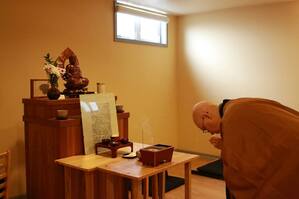 Nirvana Day observed: The sangha honored Shakyamuni's passage into Nirvana on a Sunday morning with zazen, a talk by Okumura Roshi, a chanting service that included the Heart Sutra and the Verse of Homage to Buddha's Relics, and a potluck lunch, the first since the pandemic shutdown. Okumura Roshi's talk will shortly be available on our YouTube channel. Other news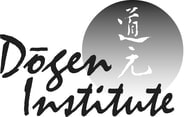 from the Dogen Institute: Digital Archive Initiative announced David Thompson, Director How many of us have happily clicked on a link to one of Hojo-san’s or Hoko’s Sunday talks on YouTube, or clicked on a link to the DI website to read a poem and its commentary, or picked up one of Hojo-san’s many books that delve into Dōgen? I think the answer is – probably – all of us. All of these works of practice, study, and scholarship have digital lives, and the files themselves, or their progenitors, reside on a number of different platforms within the digital universe. Dōgen Institute takes primary responsibility for these digital repositories, helping directly or indirectly with the upload, maintenance, and documentation of thousands of files. We are acutely aware of the value of these files. They represent decades of concerted effort by Hojo-san, Hoko, and their dharma heirs. As Hojo-san nears his transition to the Founding Teacher role, it is more than appropriate to spend time and effort to assure that these files can continue to be accessed on into the future. To that end, we are forming a group to address the long-term challenges and opportunities of the digital archive. We are looking for a group of people who have skills and experience with digital archives, libraries, digital interfaces, technology, and library-like distribution systems. The group we gather will be taking a look at the following topics:
During this engagement, we expect to be exploring possibilities such as partnering with a university, partnering with a company (either profit or not-for-profit), or continuing to tend to the archive ourselves. While a physical archive is not yet included in scope for this initiative, the group will examine issues that may be in common with the digital archive. The possibility of a physical archive will be addressed in conjunction with our facilities and our development committees. If you have experience in these areas as a librarian, an archivist, or as a technologist, I urge you to reach out to me. These files represent a precious legacy to which Sanshin holds a digital key. If you have the skills, please consider offering them toward this wonderful initiative. 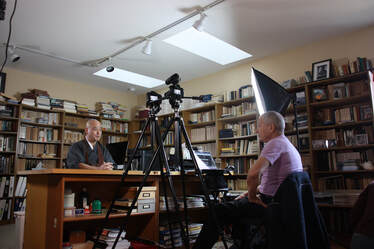 Interview for website project: Okumura Roshi was interviewed for the final segments of a project produced by Interior Mythos Journeys. He was previously interviewed several years ago about a variety of topics related to practice and spiritual life. Videographer Maryellen May explained, "The cinematic art forms of Interior Mythos Journeys express the converging deep currents of East and West. Interior Mythos Journeys delivers timeless, universal, and changeless depth messages to inform contemporary personal practice. The Life Journeys series of Interior Mythos Journeys, in which segments from Abbot Okumura's interviews appear, is designed to support solitary depth inquiry and substantive group discussion using universal language and a quantum scientific worldview. Please access this material here or here." We'll spread the word when the newest interview becomes available. Coming up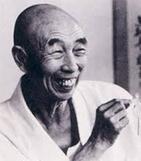 March sesshin in honor of Uchiyama Roshi (10 - 13): Uchiyama Roshi's memorial day is March 13. We will sit in recognition of the very important role our founder's teacher has played in the development of the practice we carry out at Sanshin today. The sesshin will end with a talk by Okumura Roshi about his teacher and a chanting service. More information about in-personal participation for local practitioners and virtual participation for others is here.  Experiencing Zen: An Introduction to the Basics (begins April 4, 7 pm): We'll explore what Zen Buddhism is really all about, beginning with the central ideas of Buddhism itself and moving on to the teachings and practices particular to its Zen form. Class will include instruction in sitting practice (zazen) and walking practice (kinhin), as well as plenty of time for questions and discussion. Enthusiastic participants in this class from previous years went on to form a zazen/book discussion group that is still meeting today. Class is taught by Doju Layton at Ivy Tech Community College. Complete information is here.  Ango (practice period) set for April 4 - July 4: Ango, or practice period, is an opportunity to focus a bit more intensively on our practice and perhaps to make a commitment to ourselves to stretch a little -- to sit a little more, attend a little more frequently, learn something new or take on a particular activity. We invite you to consider how you might deepen your practice during this time. During ango we have the additional leadership of a shuso, or head novice, who takes on various responsibilities in the sangha as an opportunity to develop clergy skills. Our shuso for this ango is Issan Koyama from New York. His theme for the ango is Two sides of reality in one action. He will be supporting our practice and we will be supporting his growth as a leader. Issan will be giving a series of 10 Sunday talks, leading a one-day workshop, serving as doshi for monthly World Peace ceremonies, serving as ino for monthly ryaku fusatsu ceremonies, assisting with sesshin and retreats, and serving the sangha in myriad other ways while he's in residence here. In June, we will recognize the coming completion of his term as shuso with two ceremonies in which he will demonstrate his dharma mastery to the sangha and his readiness to teach and serve independently. More information about the ango will be available shortly on our website. Please note that as of April 4, the first day of the ango (practice period), we will return to our standard morning schedule: 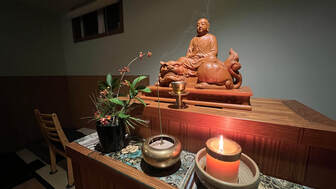 5:10 am Zazen 6:00 am Kinhin 6:10 am Zazen 7:00 am Robe chant 7:05 am Service 7:30 am Reading from Shobogenzo Zuimonki, announcements, soji (cleanup) 7:45 am Bow out Sanshin Network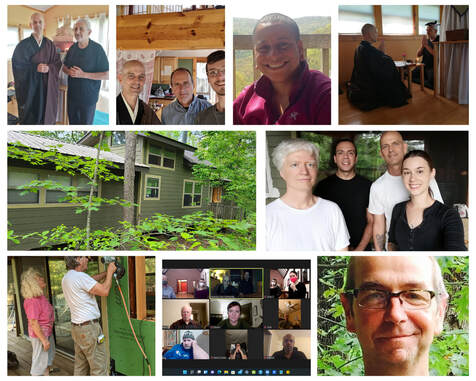 Gyobutsuji looks back on 10 years Shoryu Bradley The other day as Monty, Gyobutsuji’s longtime canine resident, and I were taking our daily morning walk during a cold, snowy, cloudless morning, I thought of how our long, occasionally steep driveway, winding through the remote Ozark mountain woods of Northwest Arkansas, probably didn’t look much different than it had in on a similar icy morning back in in January 2012, soon after I had moved to my then new home. I’m pretty sure at that time I admired the sun as it sparkled through the ice-laden branches and glistened up from the fresh, pristine blanket of snow on the ground, just as I did as I walked on this January morning of 2022. It almost seems like yesterday that I was struggling with a friend to unload, from my poor 1980 VW Rabbit, the 200 lb portable generator I had brought up from Texas to charge our solar electric system. This was during the winter previous to the one in which three different snowstorms left me stranded, since I didn’t yet have a four wheel drive vehicle to navigate the snow and ice on our steep drive. Needless to say, I was probably less able to enjoy the wintery beauty of our driveway that particular January, but I was so appreciative when my neighbors (who live several miles down the nearest county road) offered to take me along on a grocery run into town. continue Reading about gyobutsuji's 10th anniversary
We haven’t had a large number of people come to Gobutsuji, but I’m actually amazed at the number who have, considering our remote location and the intensive style of our practice. I have enjoyed connecting with and getting to know each person who arrives, especially in that intimate way that only zazen practice can foster. I’ve also enjoyed living in this forest of tall old oaks, hickories, and many other species of trees. I feel so fortunate to fall asleep at night listening to the chirping of the spring peeper frogs in April and the call of the katydids in late September. At those times it almost feels as if I have lived here all my life. I remember first considering helping to establish a place to do sesshins back in the mid-2000’s while practicing at Sanshinji. It seemed like something I could do and enjoy, and perhaps it would be a way to make a truly wholesome offering to the world. I was developing a deep appreciation for the style of sesshin we do in Okumura Roshi’s lineage, and I wanted to help make it possible for others to participate in this practice. Although I used to jokingly speak of sesshin as “entering the black hole,” eventually I began to consider it a refuge and the foundation of stability in my life. So Gyobutsuji was established with the intention of supporting others in the practice of zazen and sesshin. Often when we consider the development of a practice center, we use some kind of relative means to measure that development, such as the growth in numbers of those attending practice events and perhaps what sorts of improvements have been made to the physical practice space. Here at Gyobutsuji, we have seen some growth in these ways, and I am really grateful for that. Yet we are still a very small community, and in fact most of the practice I did here during my first six or seven years was solitary. But even during those times, I felt if even one or a few people were sitting zazen as a result of my effort here, things were OK. I felt my vow was being expressed and I was making an offering to the Dharma. But something happened here in 2019 that prompted me to deeply question that thinking. A person came to live at Gyobutsuji who, it seemed to me, was a person genuinely seeking to study the self and make an offering of sincere practice. But after living here for six weeks, she had a severe asthma attack triggered by the high pollen levels of our woodland location. Our only option at that moment was to make the 45-minute drive to the nearest hospital, since it would undoubtedly take much longer for an ambulance to get here. Yet tragically, she passed away before we arrived. To be honest, for quite a while I thought I might never speak publicly about this event, because it just seemed so inappropriate to talk of such a thing in terms of how it affected me. Someone had lost her very life —what I felt and experienced around that event seemed so very minor in comparison. And I also thought I would never be able to “make sense of it” in a way that would enable me to integrate it into my “life narrative” and speak about it sensibly. But I did begin speaking about the event some months ago, because at some point it began feeling almost dishonest not to do so. At times when I was speaking of the dharma, I worried I might be hiding out or holding back by not talking about something that had such a profound impact on my life. So as I began to consider what I would write about in this article, at some point it became clear I would have to write about this event, even though I can find no way to clarify its meaning or present it in some positive or uplifting way. So, I have to say that my faith in my life direction was severely shaken by this event. How could it be, that a person had come to Gyobusuji with an apparently sincere intention to practice, and that intention, along with the results of efforts I made to establish a practice place devoted to zazen, had resulted in her death? There was and is no way to make sense of this in terms of the narrative I had created about my life direction and bodhisattva vows. Honestly, all I could think to do after her death was to just keep going, just keep sitting and practicing the best I could. Somehow I think this is the only way I can honor my student’s memory and my own feelings of grief, loss and doubt. During many sesshins following her death, the emotions and thoughts arising around this event were very intense. I shed many tears and many doubts arose about myself and my practice. But somehow by the end of each sesshin, these difficult emotions had lost their grip on me, and I would feel peace and acceptance. But the feelings would always eventually return, and they continue to ebb and flow to this day. They have lessened in intensity and frequency, but I imagine they will always be with me to some degree, though I will continue to practice with them. I don’t expect or endeavor, really, to ever be free of them. I don’t aspire to be free of her memory. I know she will always be part of my life now, and I accept and welcome that. As I considered how to write about this event, this line about zazen from Dogen Zenji’s Bendowa kept coming to mind: The melodious sound continues to resonate as it echoes, not only during sitting practice, but before and after striking sunyata, which continues endlessly before and after a hammer hits it [Okumura Roshi's translation]. Somehow this line made sense to me in a way it hadn’t before. It was as if all I could do to honor my dead student was to just keep sitting, so that the melodious sound of her practice would keep echoing through zazen. If I quit practicing or supporting practice for others, her death might be part of a set of conditions that inhibited practice and the relief of suffering in this world. This understanding, however, frankly does not alleviate the doubt and grief I associate with this event. Yet it helps me to continue practicing with that doubt and grief, as the contents of my life. By accepting them, honoring them, and practicing with them, we can mostly coexist peacefully; it’s as if I and the difficult thoughts and emotions have come to some sort of a “live and let live” agreement of mutual acceptance. At least that is how it feels for now. So for the foreseeable future, I plan to continue sitting amidst the maples, oaks, and hickories, amidst the drumming of the woodpeckers calling out from hollow logs, amidst my sorrow and grief, and amidst my joy. I and Gyobutsuji’s fellow practitioners will continue gratefully, with so many of you who support our practice here, sitting within this Dharma Realm that dwells beyond our thoughts and heals beyond our understanding.
For complete information about Sanshin and our style of practice, visit our homepage.
Practice recap
Other news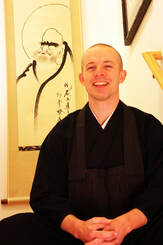 Event coordinator hired: Doju Layton has become Sanshin's event coordinator, with responsibilities for providing logistical support for genzo-e and other practice events. He will also be taking on some of the administrative work previously carried out by Hoko; she'll be redirecting that time to teaching and writing. In addition to his new staff responsibilities, Doju will continue to carry out his activities related to groundskeeping and environmental sustainability, welcoming and orienting new practitioners, and his own training as a novice. This spring he will also being teaching Sanshin's Experiencing Zen course within Ivy Tech Community College's continuous learning program. Learn more about Doju here and here.  Secure storage space needed for valuable tapes: One of the primary activities of the Dōgen Institute is looking after Sanshin's digital and physical archives. Our digital archives are stored away safely on the cloud, but we're now looking for storage space for our physical archives. These physical archives include one-of-a-kind recordings of lectures by Okumura Roshi on cassette tape as well as recordings of his teacher, Uchiyama Roshi. Over the years, the Dōgen Institute has worked to raise money and convert these recordings from cassette to digital files in order to preserve them safely, but even after the conversion the original tapes still need to be stored somewhere. Those who have visited Sanshin in person will already be aware that space is at a premium on the campus. We're looking for a sangha member who would be willing to store these tapes in a safe, dry, controlled environment until such time as Sanshin Zen Community has a larger library and/or an agreement with a larger institution for their storage. If you are willing to consider storing these 6 to 8 banker's boxes full of tapes, please contact David Thompson.
Coming up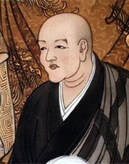 Introduction to Dogen retreat with Hoko: Dogen's writings are a lifetime study, and one introductory weekend isn't nearly enough to prepare participants to study the Shobogenzo on their own. However, this retreat introduces basic elements of Dogen's teaching and provides some grounding in the major themes, the structure of his writing and awareness of the texts he found influential. While this retreat is not a prerequisite for genzo-e participation, those aspiring to participate in such study may find it helpful. More information about in-personal participation for local practitioners and virtual participation for others is here. 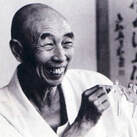 March sesshin in honor of Uchiyama Roshi (10 - 13): Uchiyama Roshi's memorial day is March 13. We will sit in recognition of the very important role our founder's teacher has played in the development of the practice we carry out at Sanshin today. More information about in-personal participation for local practitioners and virtual participation for others is here.
Sanshin NetworkFor complete information about Sanshin and our style of practice, visit our homepage. |
Sangha NewsOur newsletter is posted once a month. Sign up for our mailing list to get notifications of new issues. Archives
July 2024
|

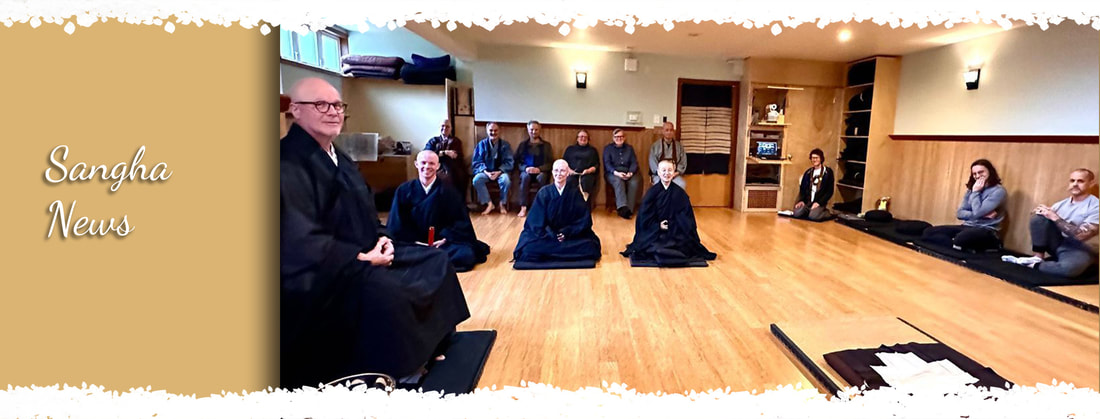
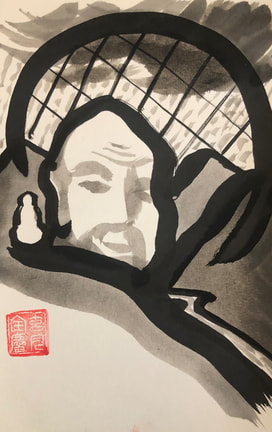




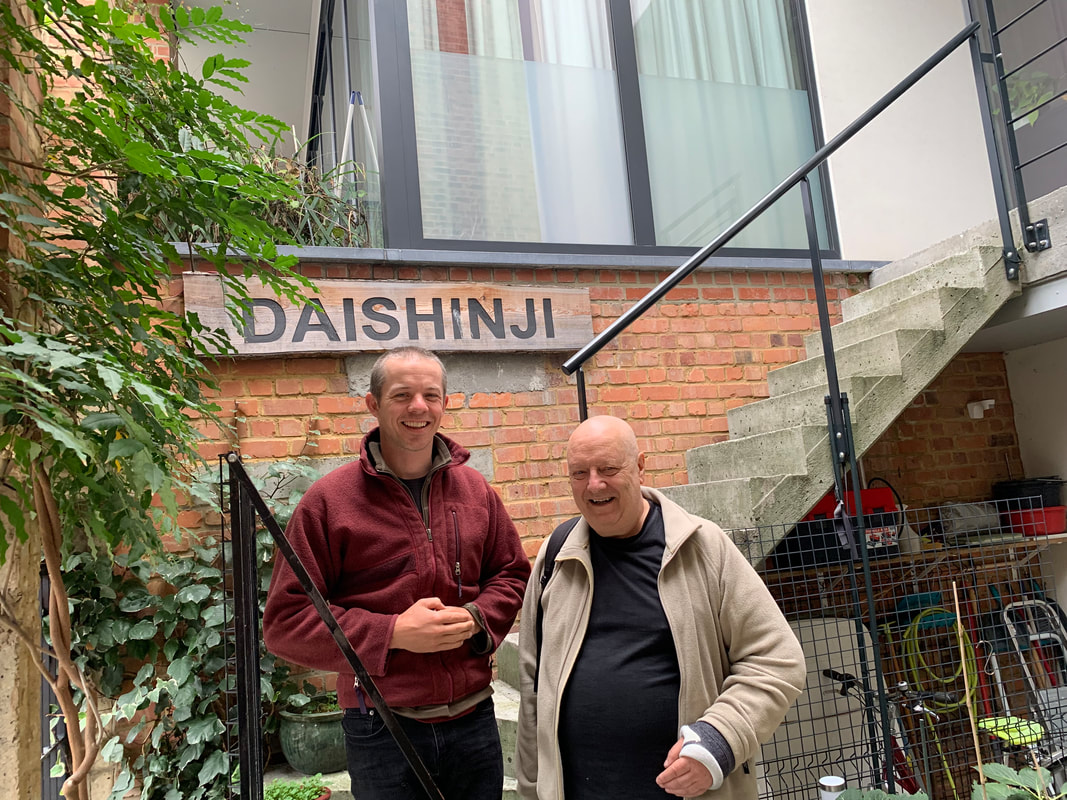
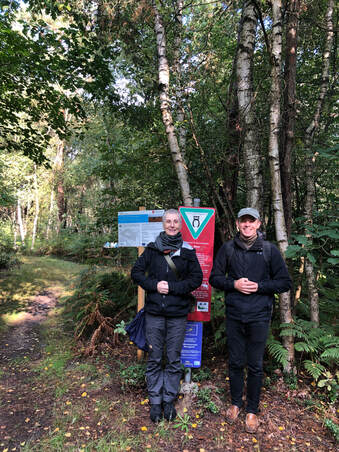
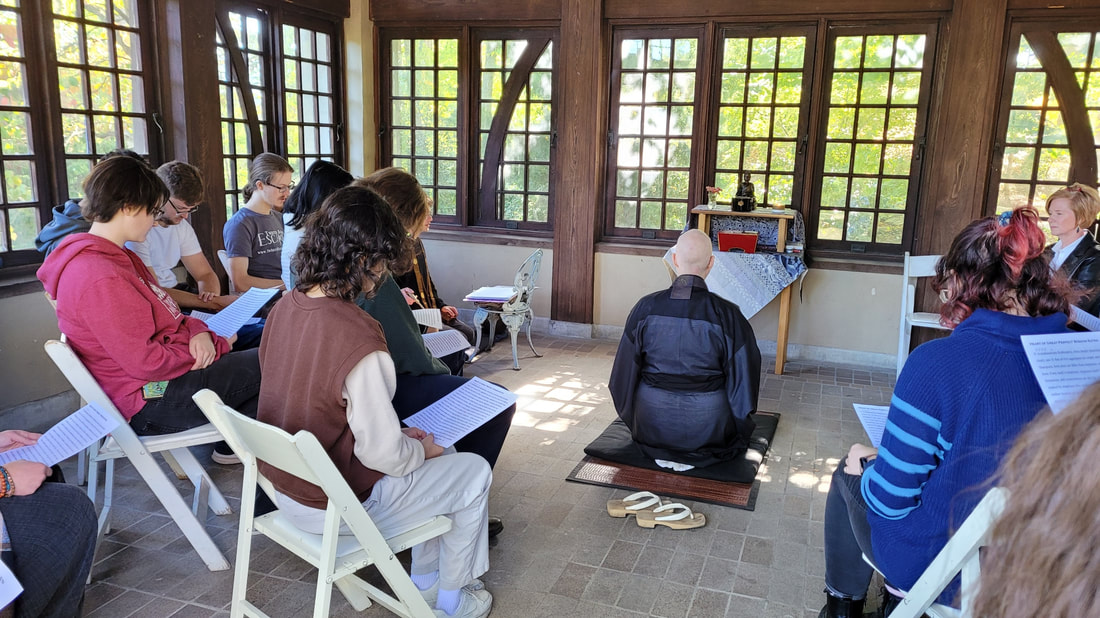
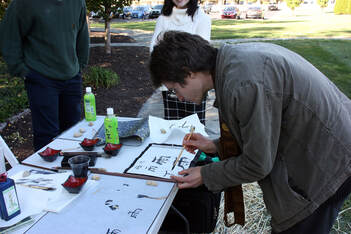


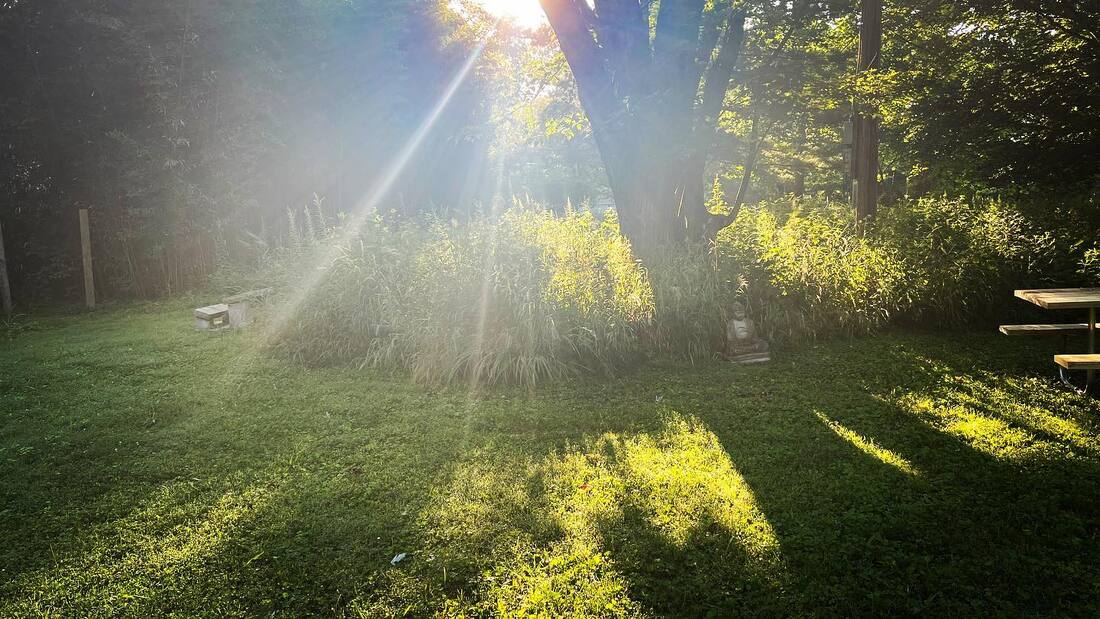
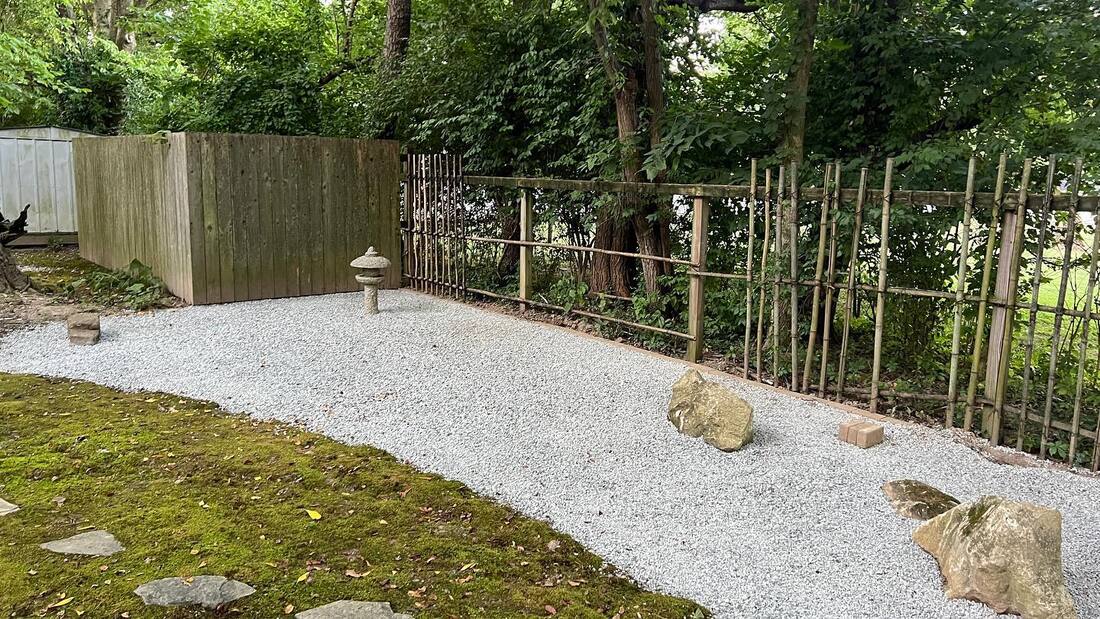
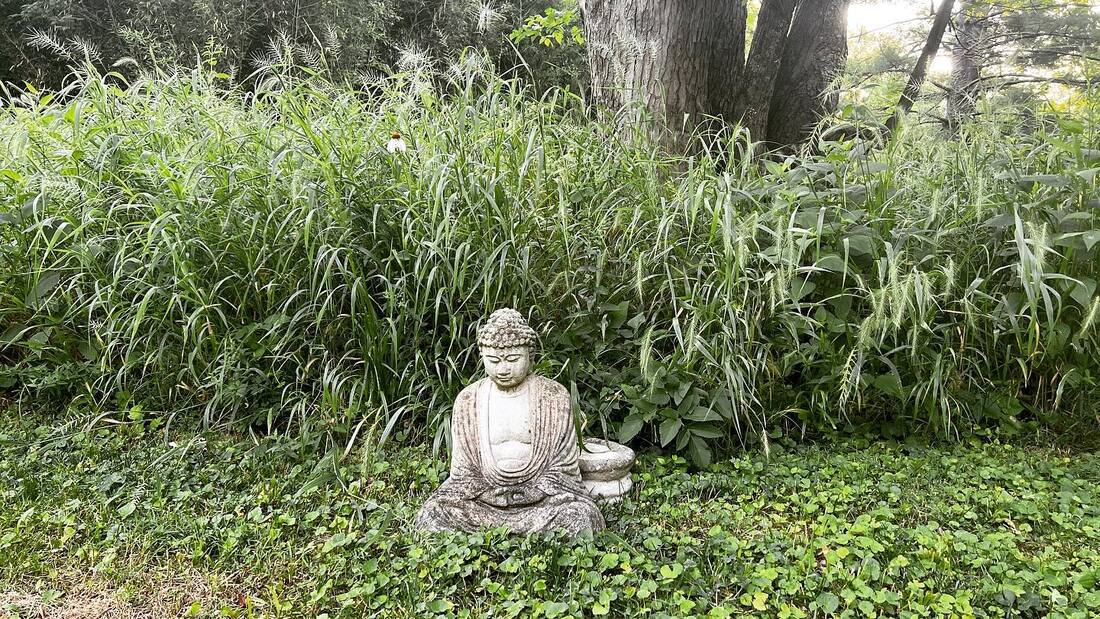
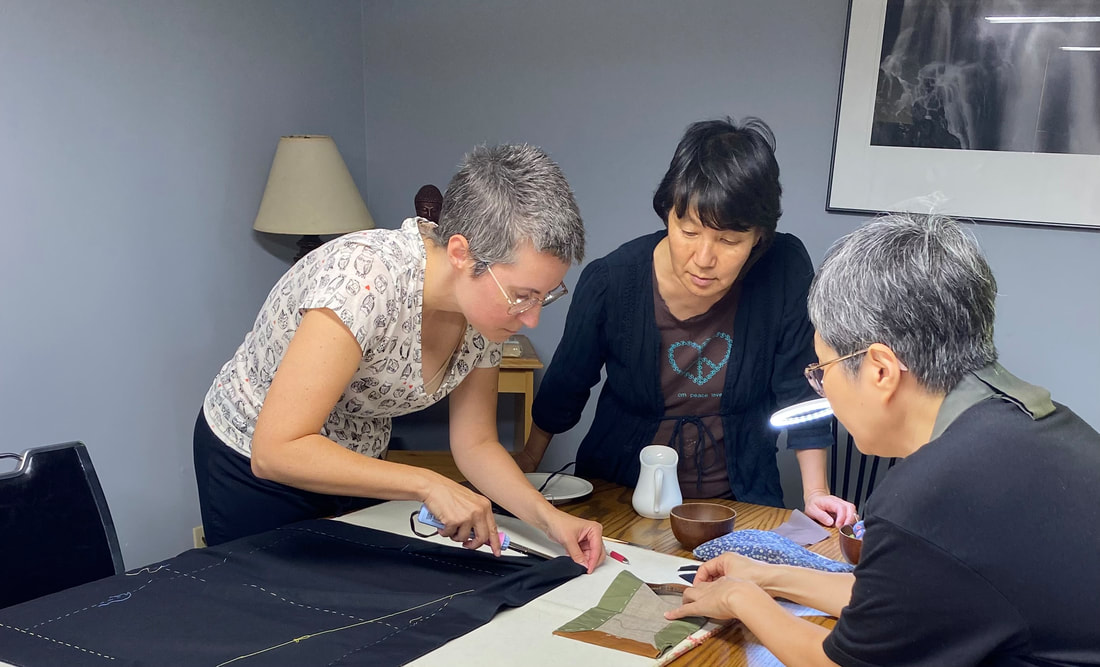



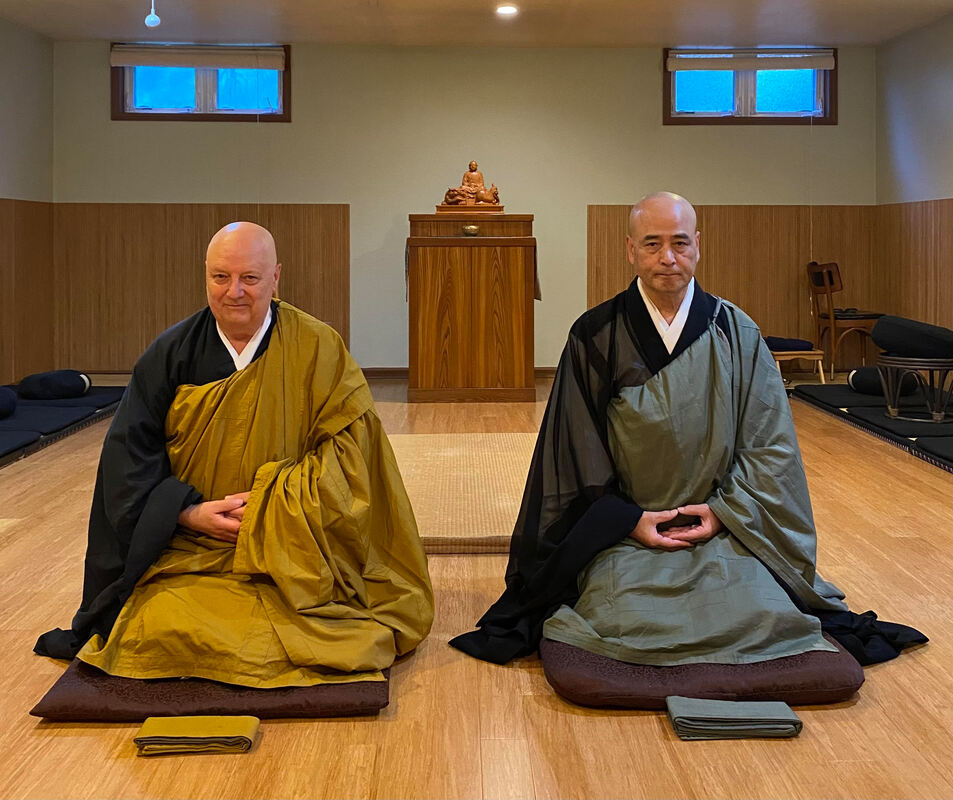
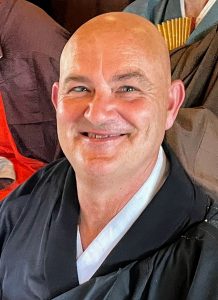
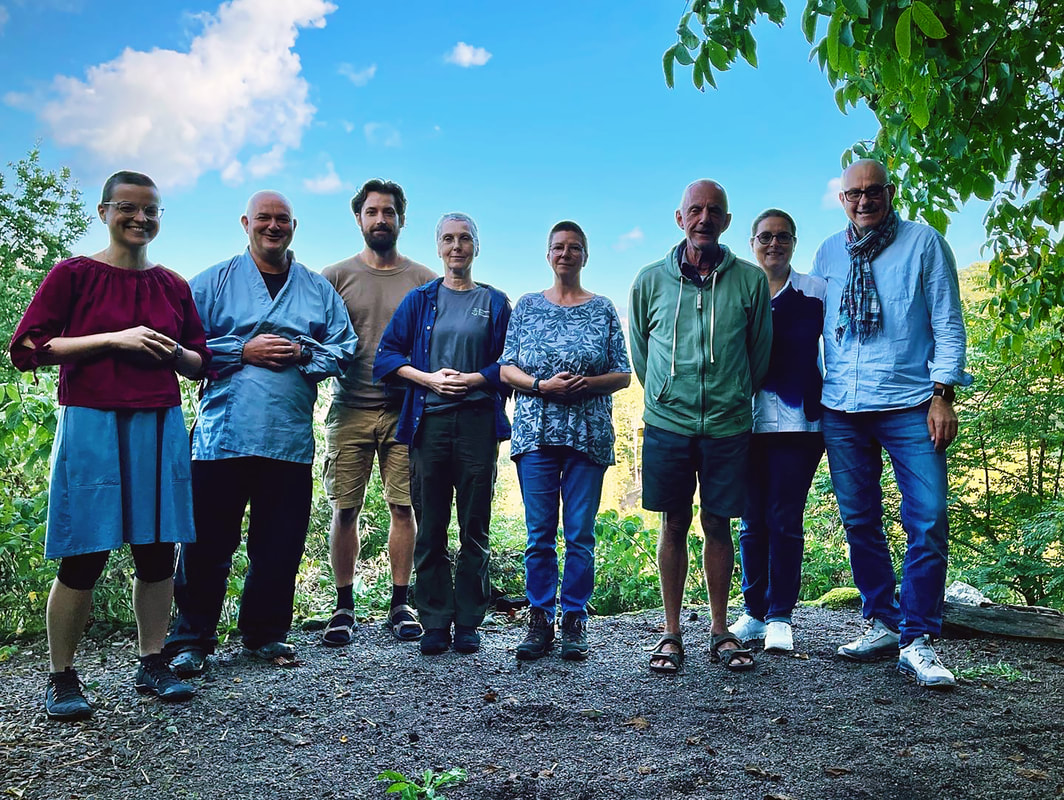
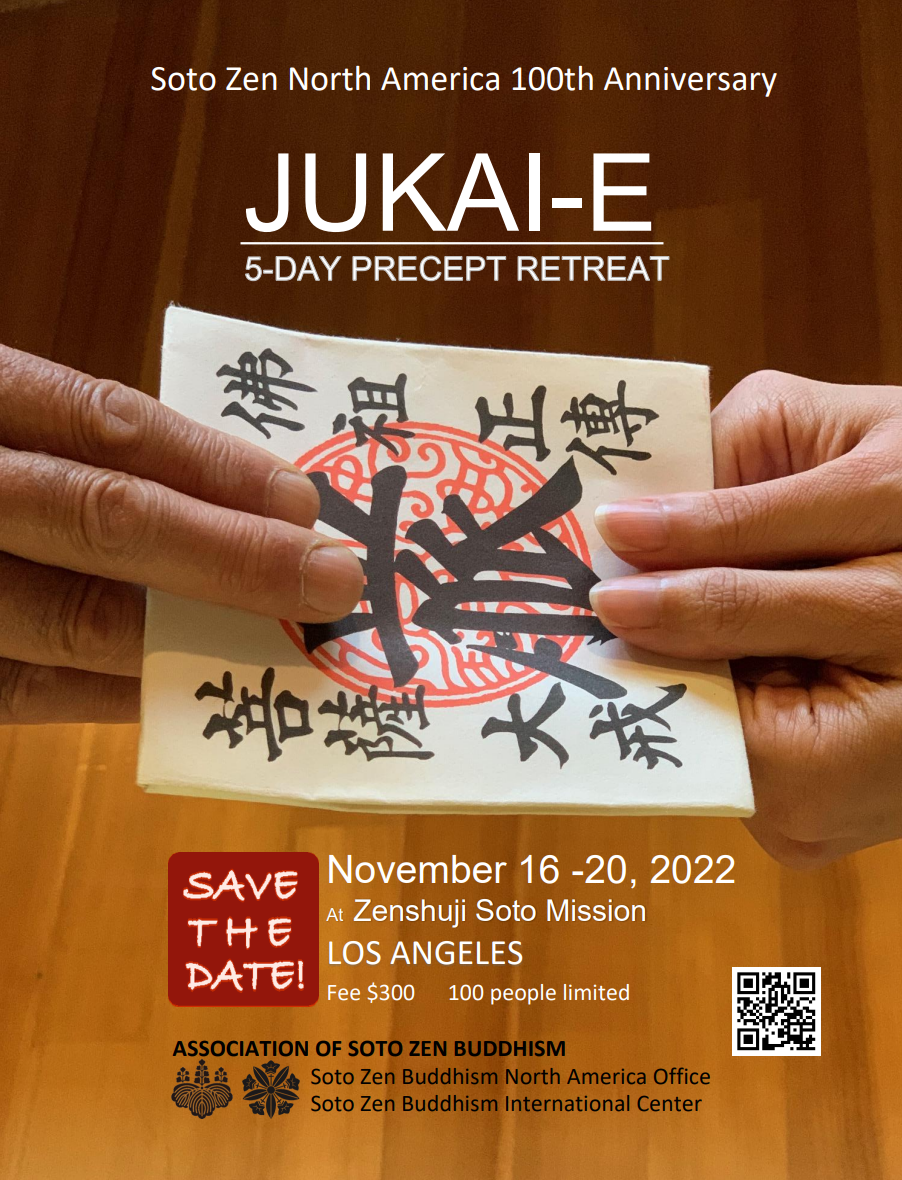

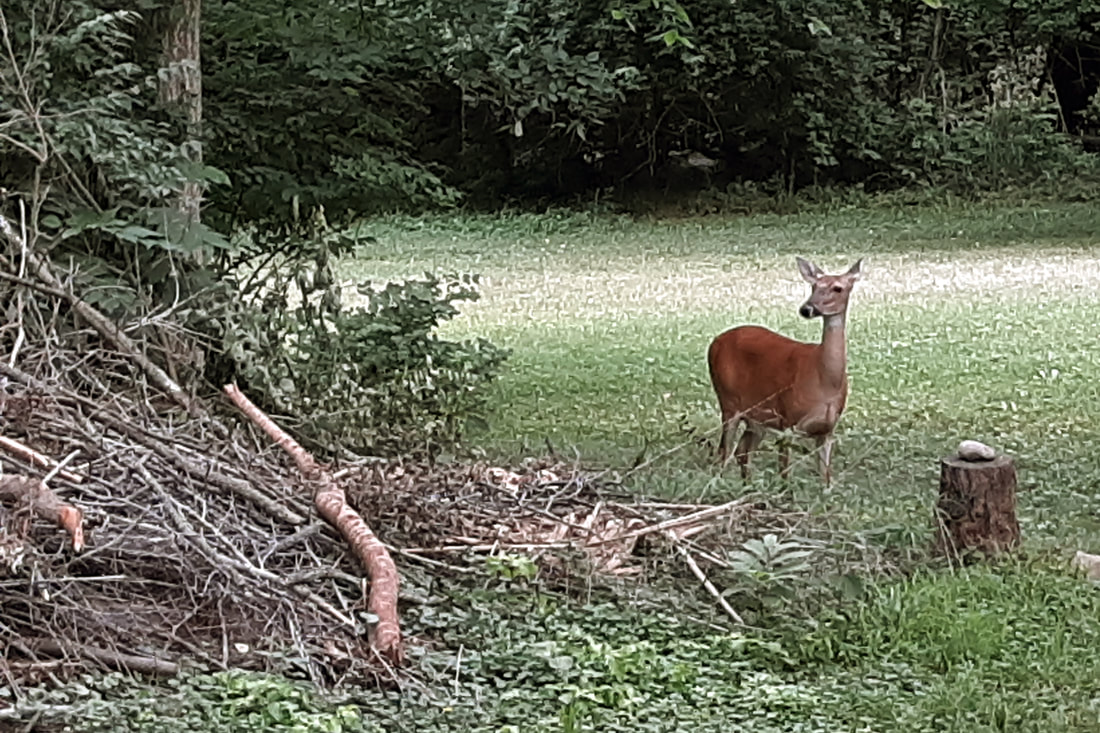


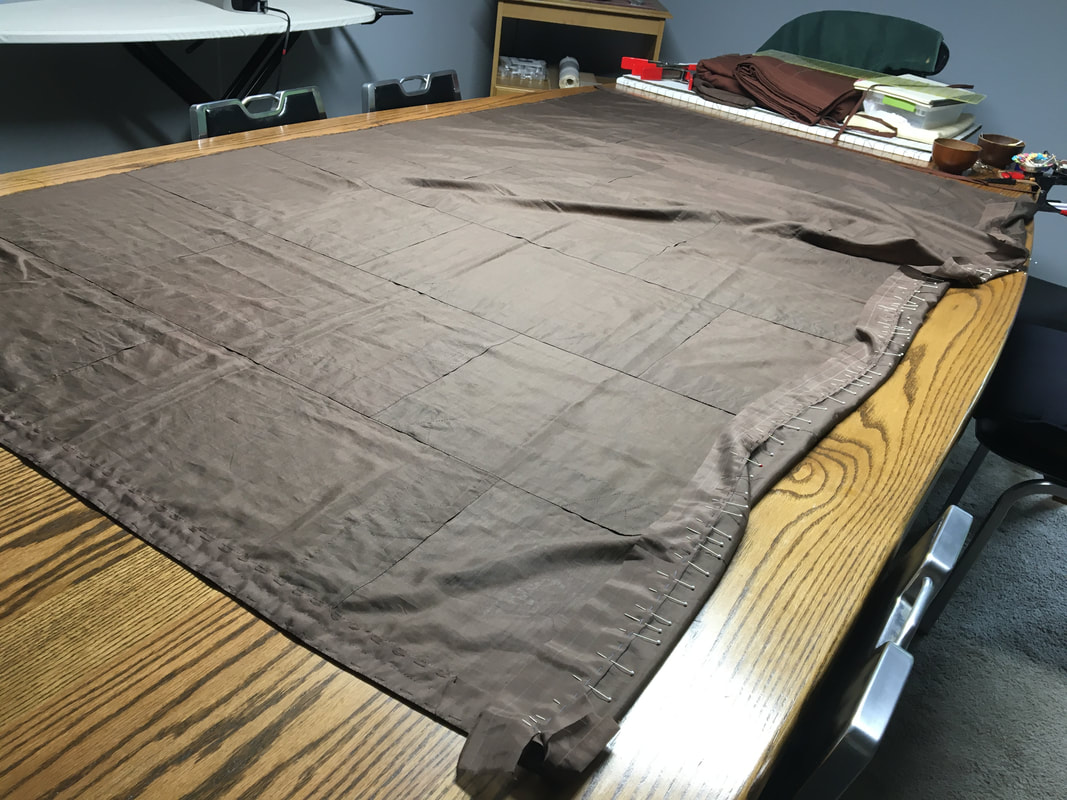
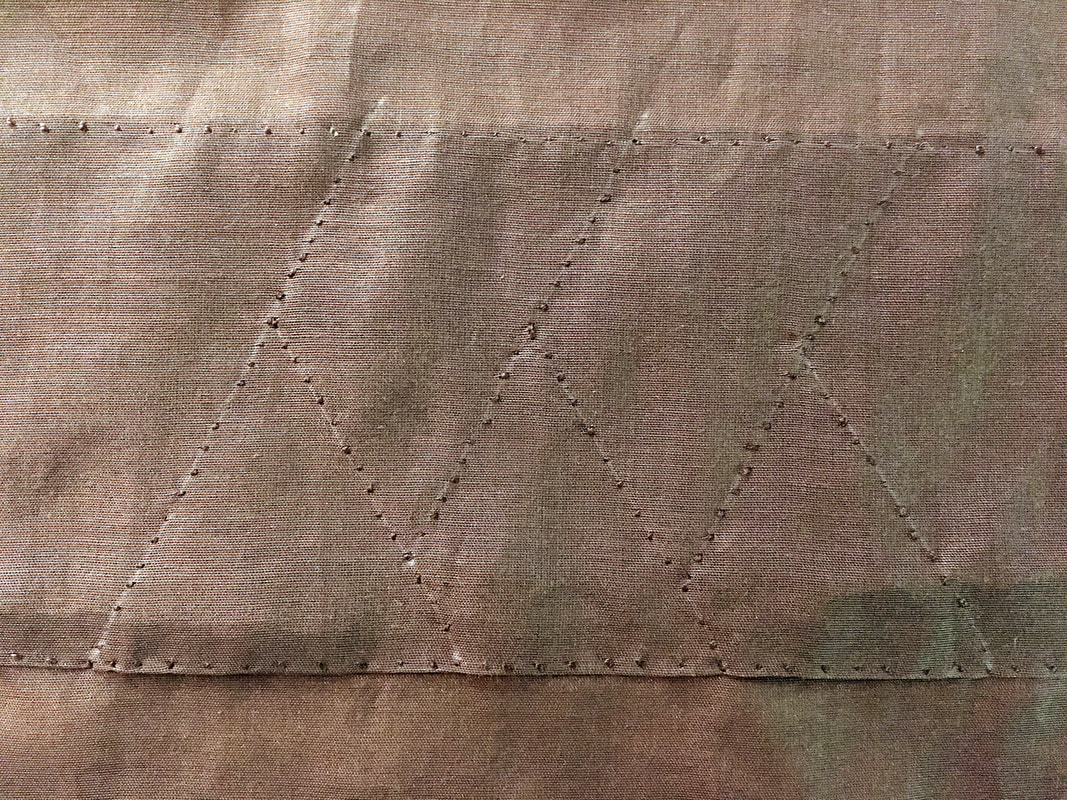

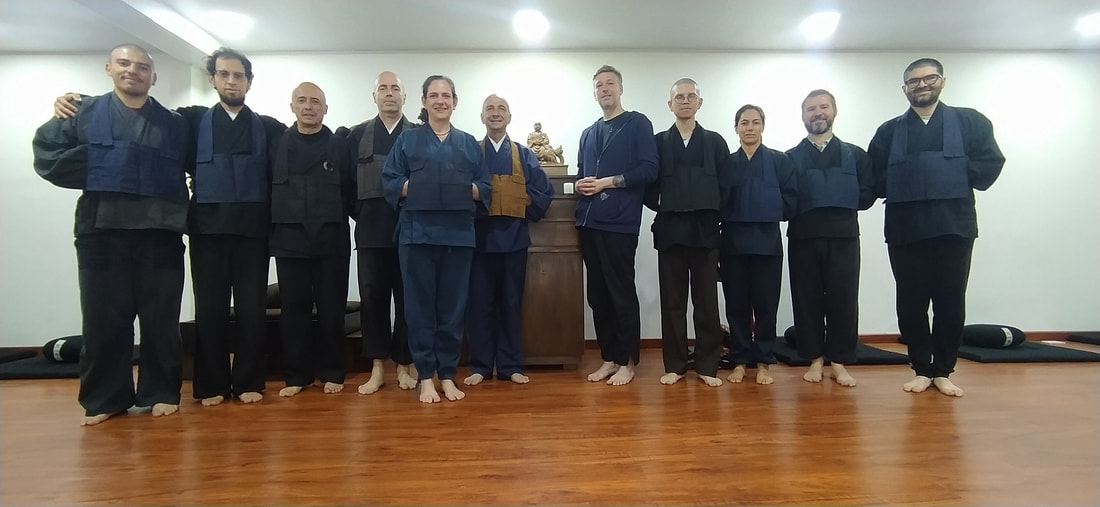


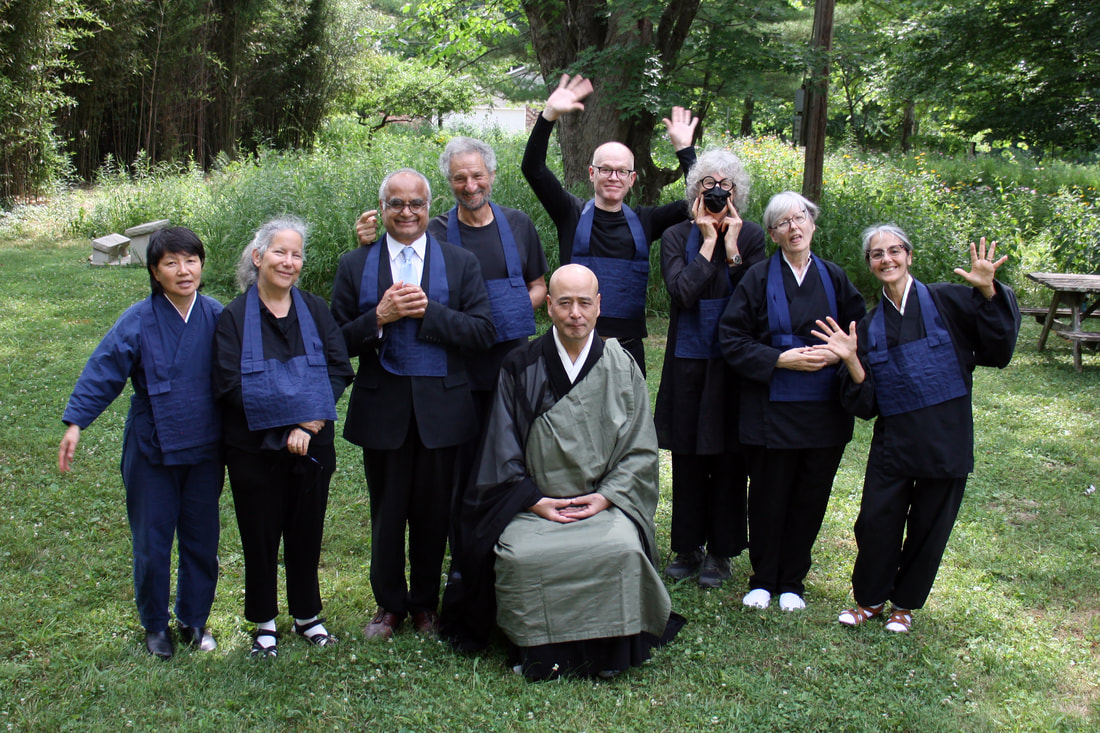
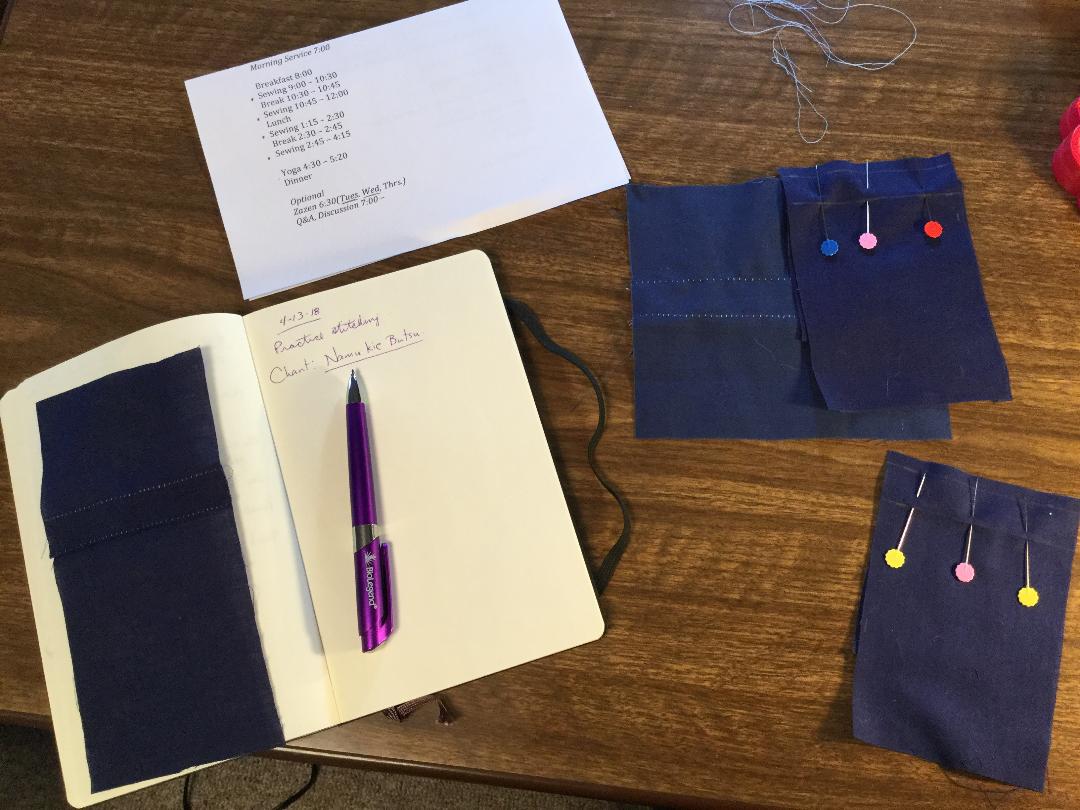

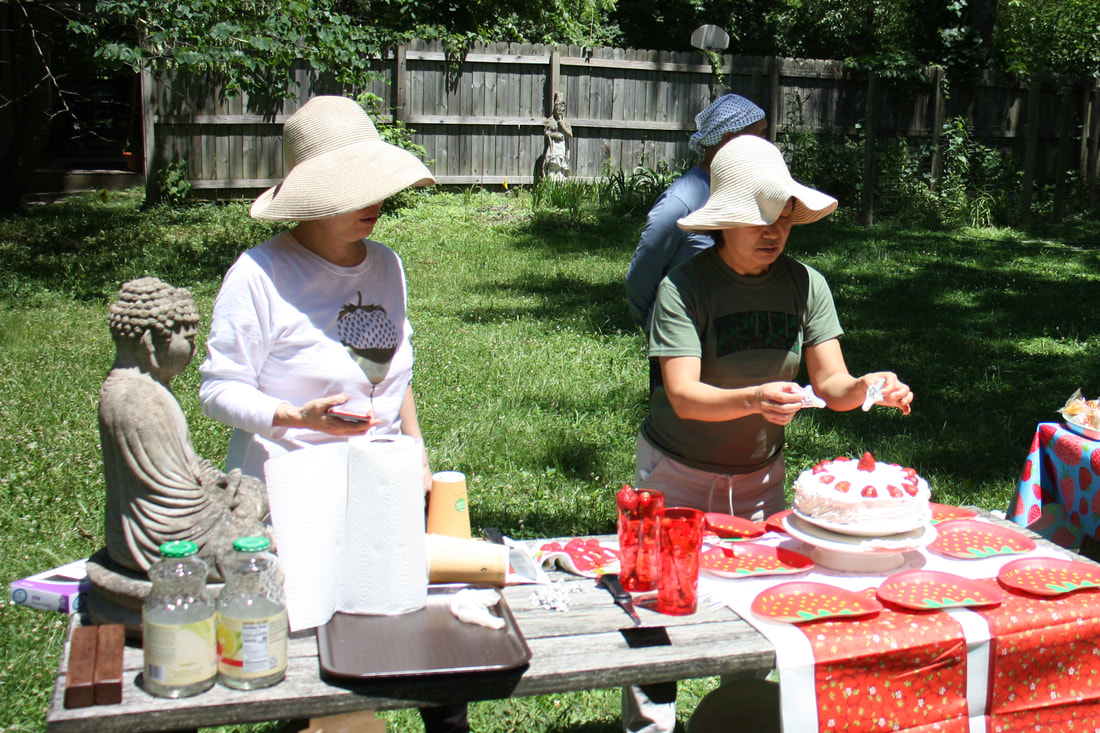
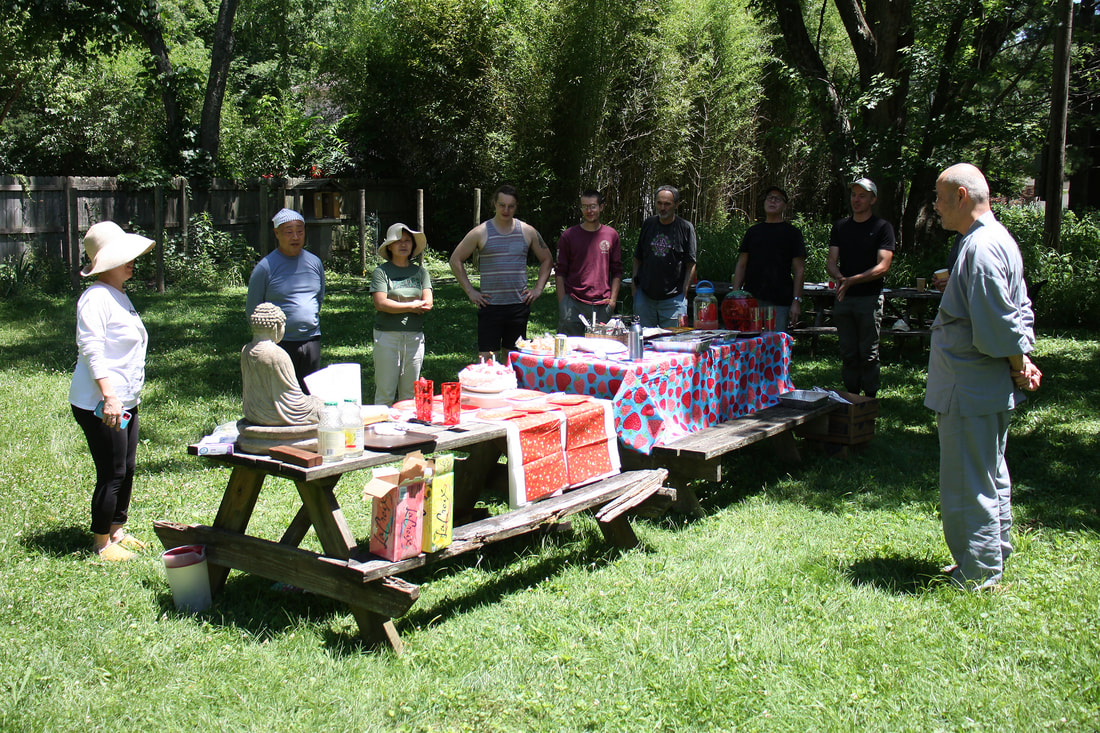
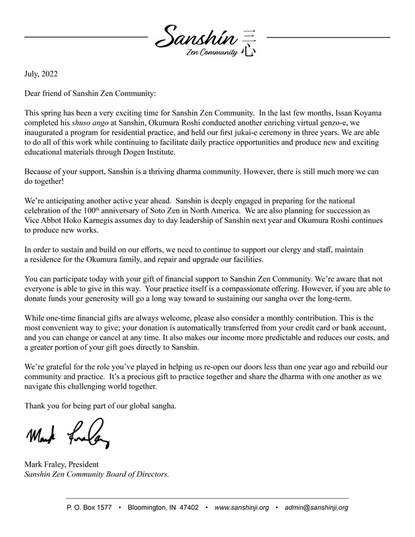

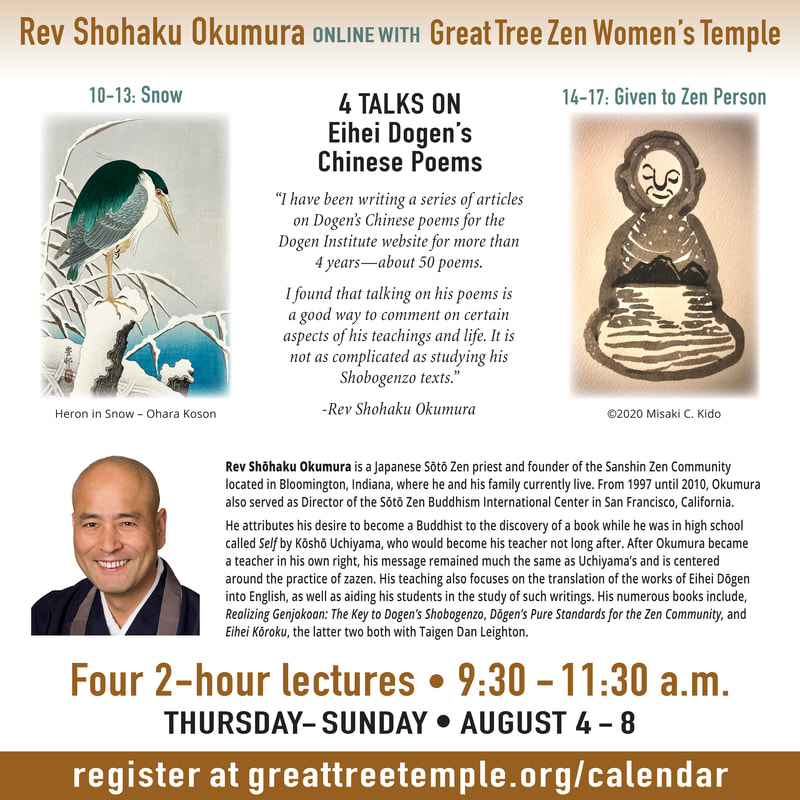

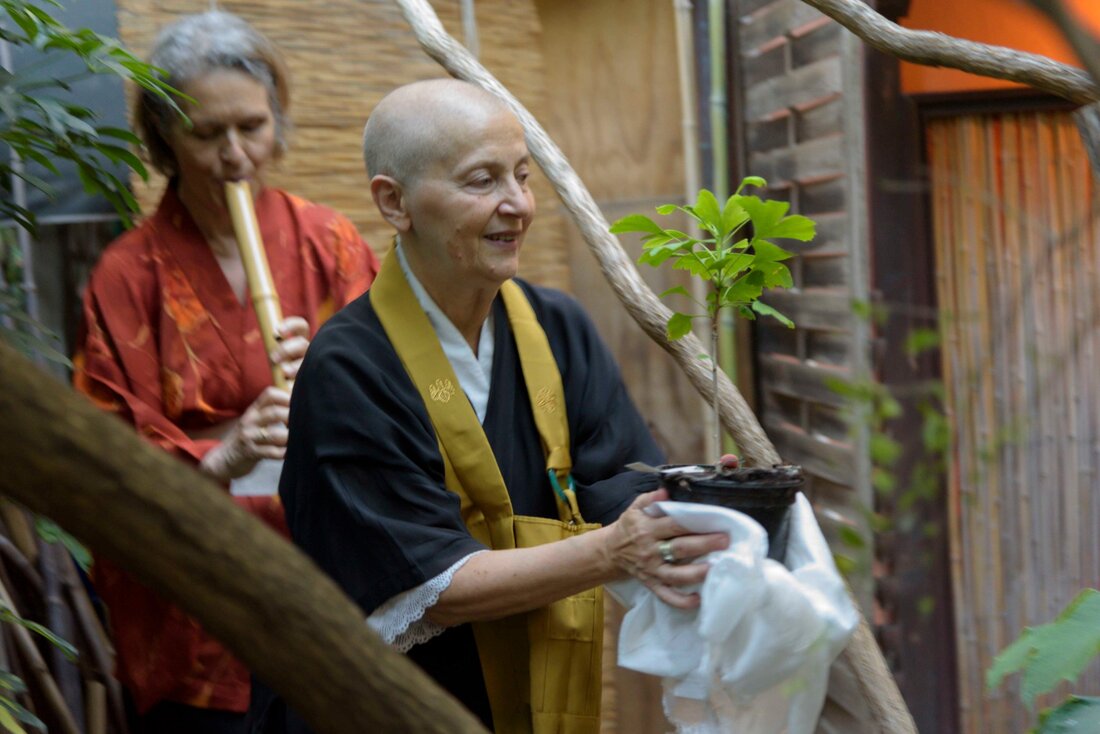
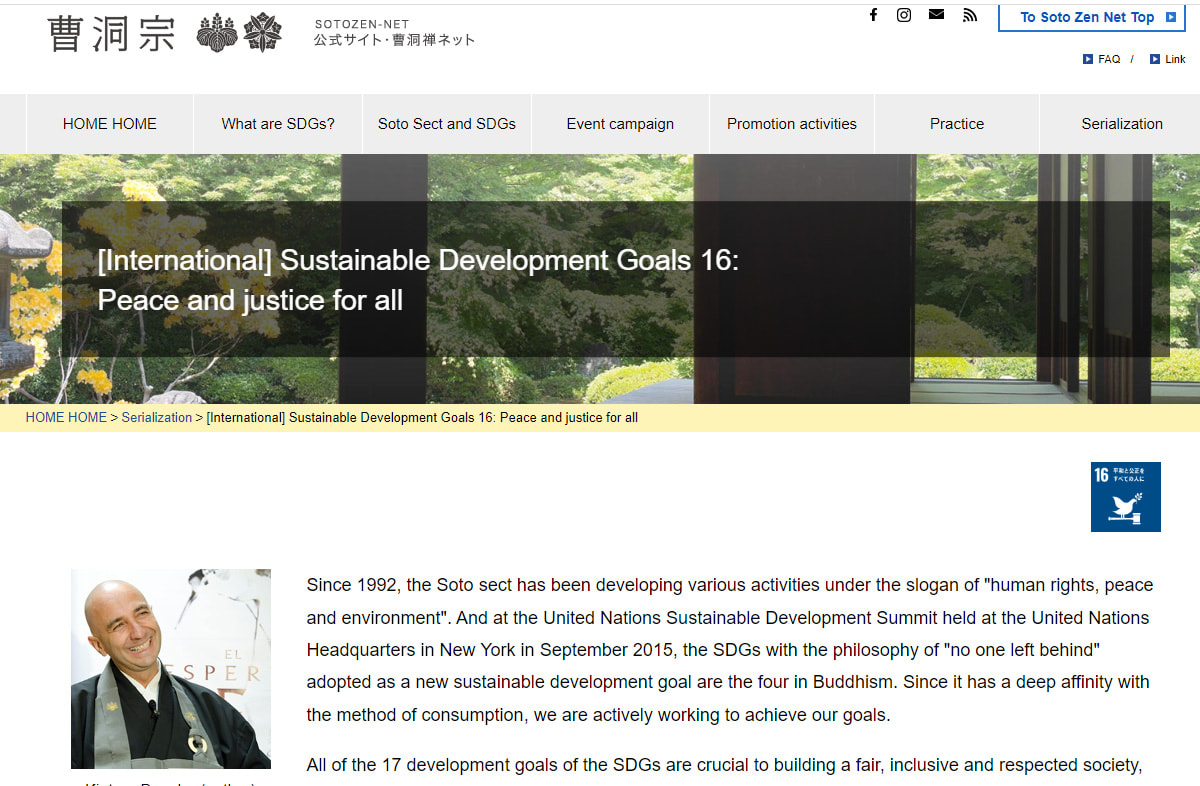

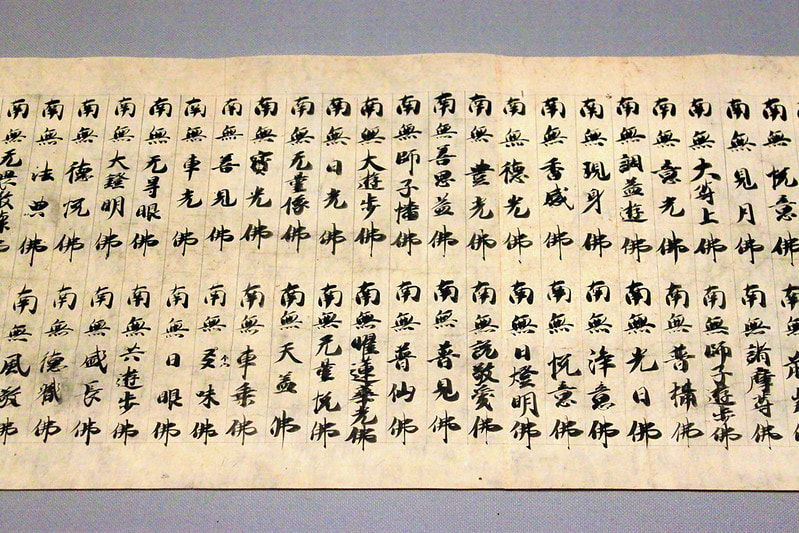
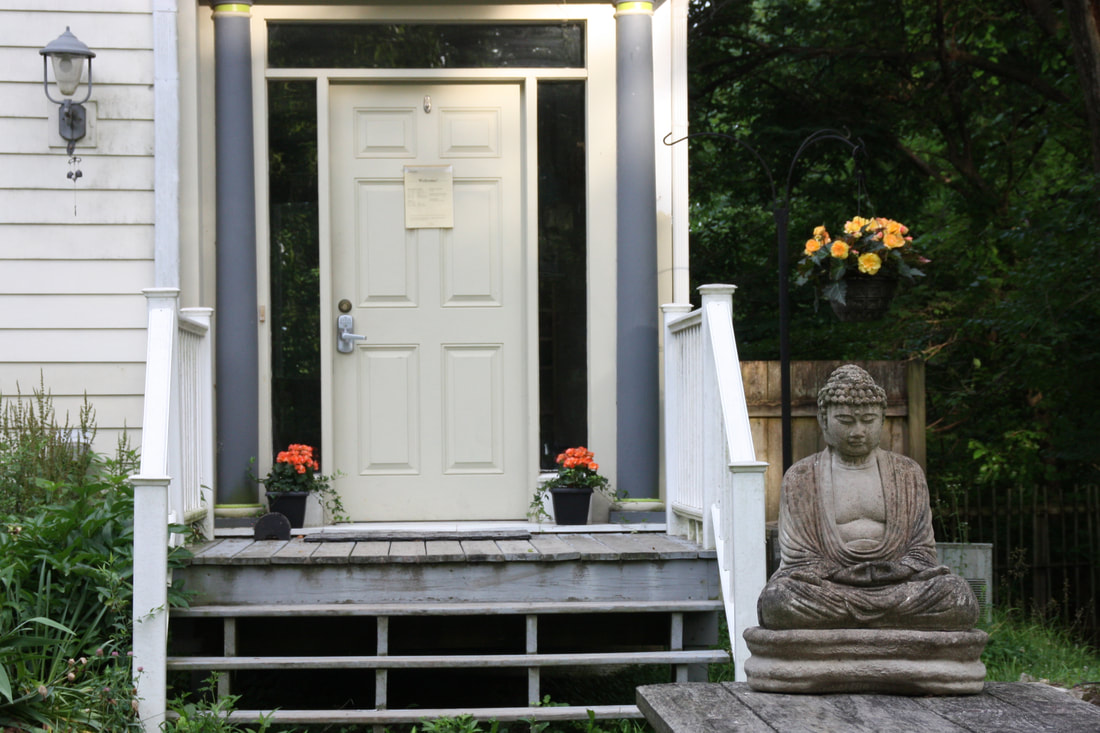
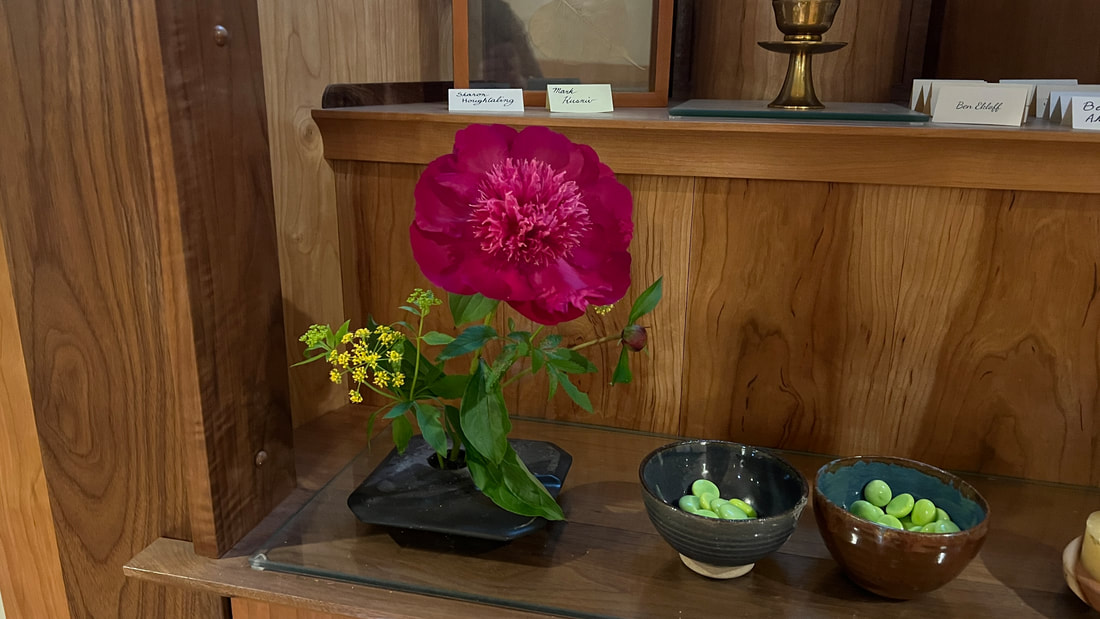
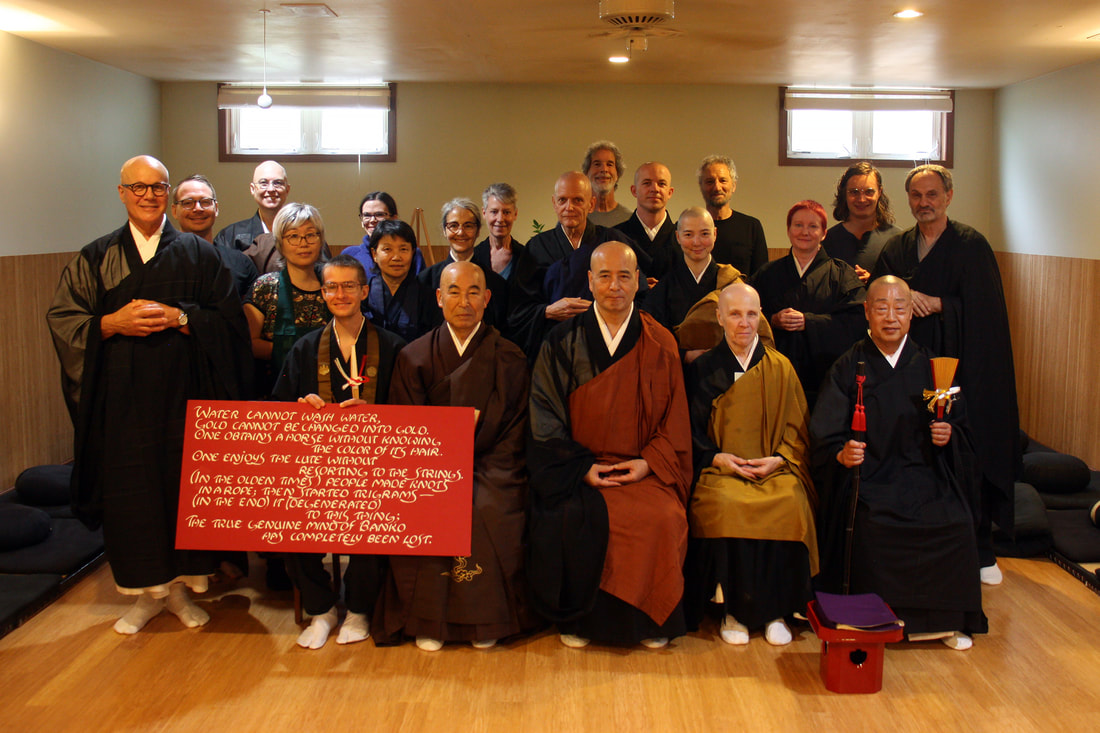

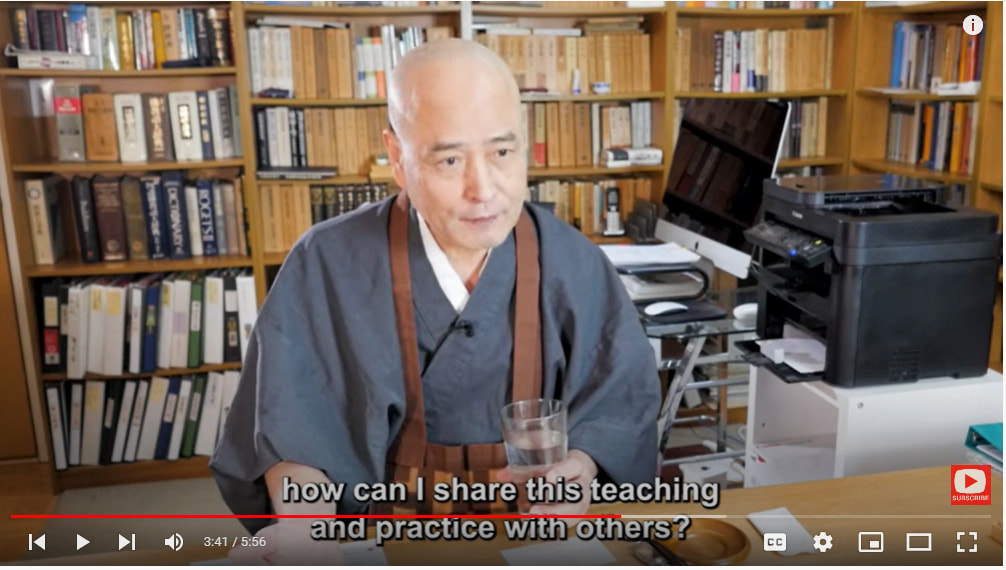
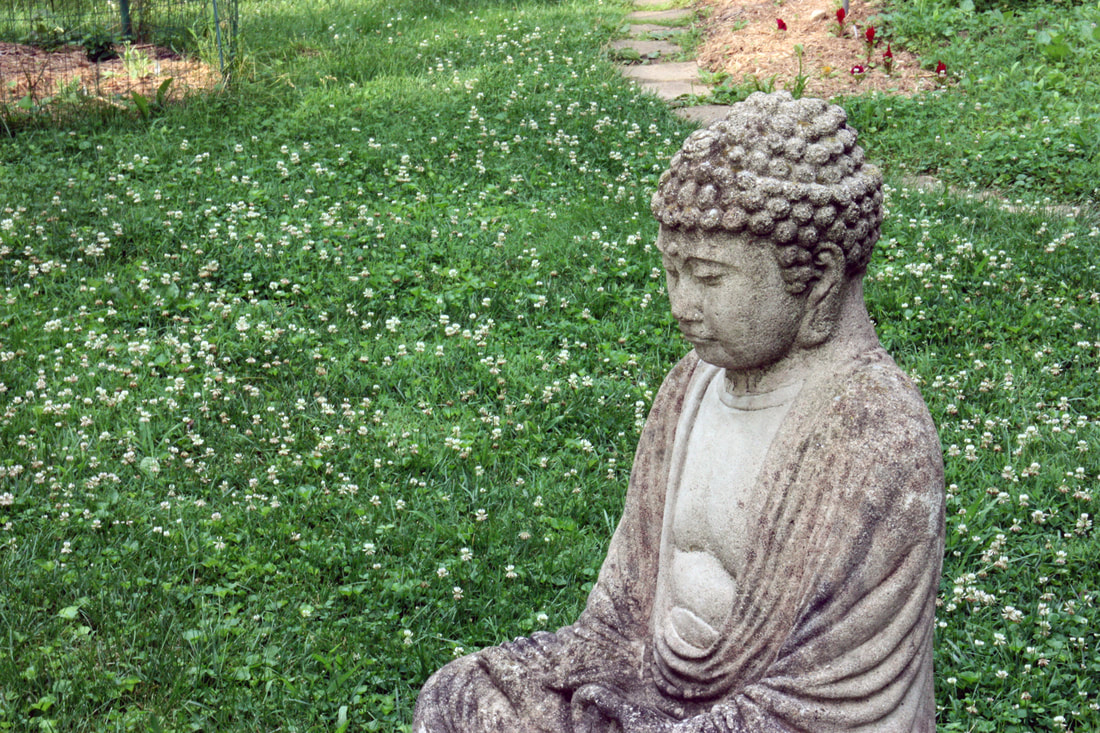
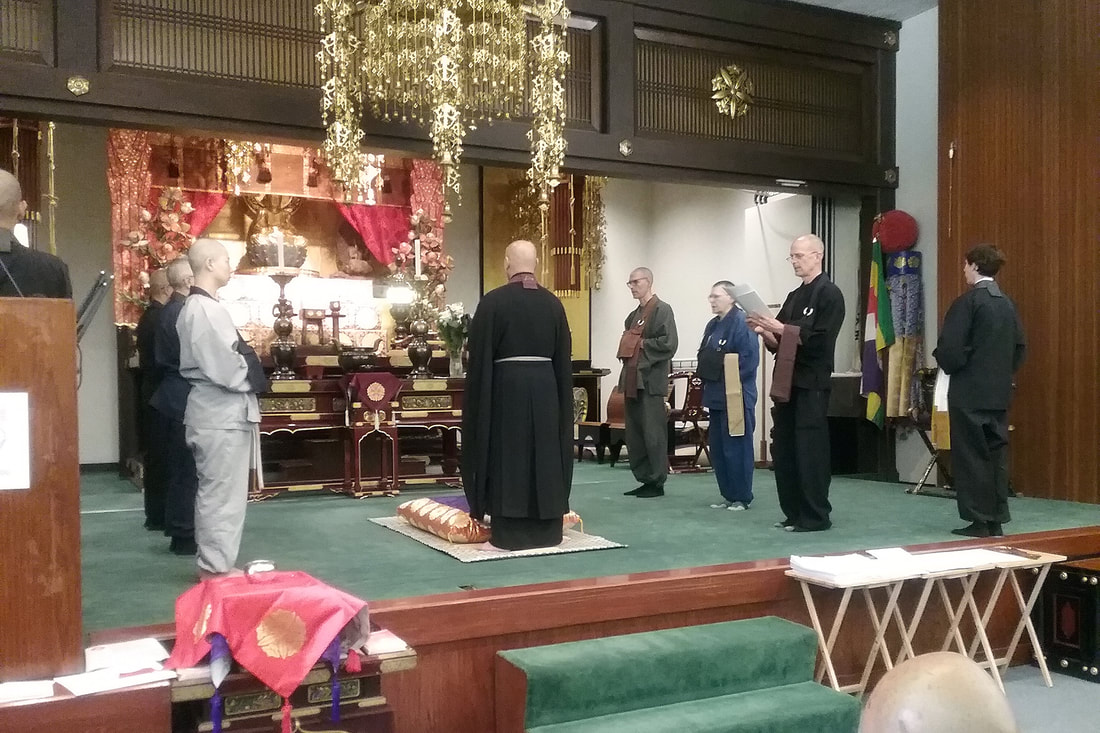

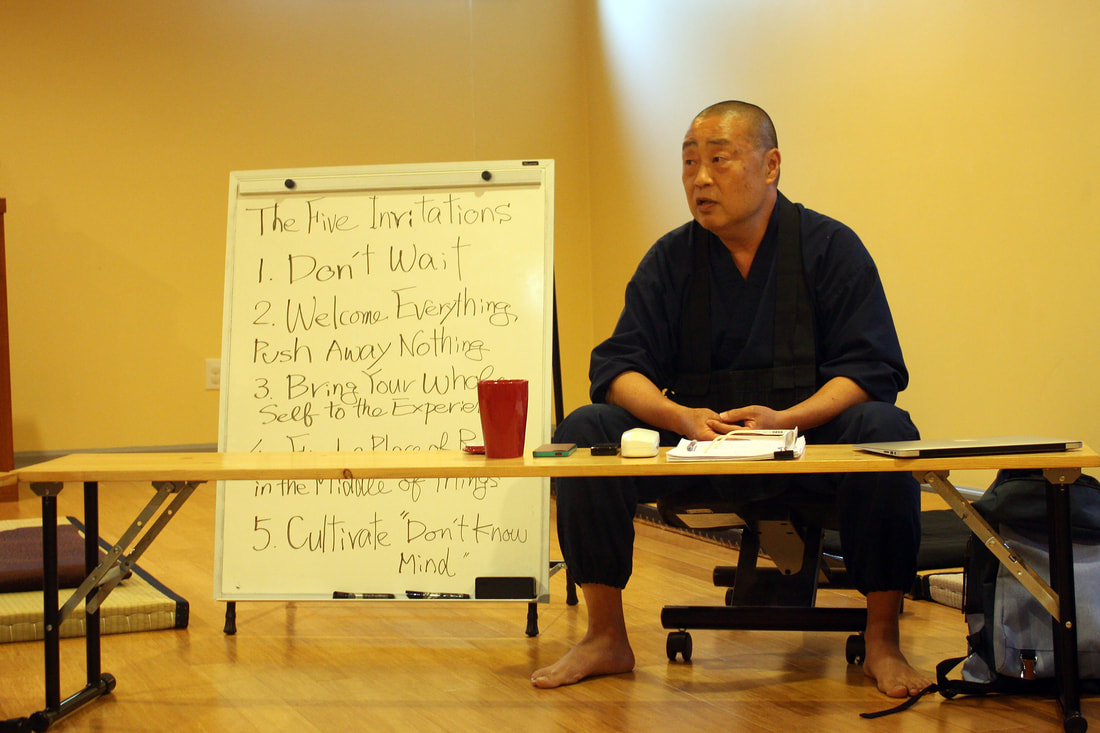

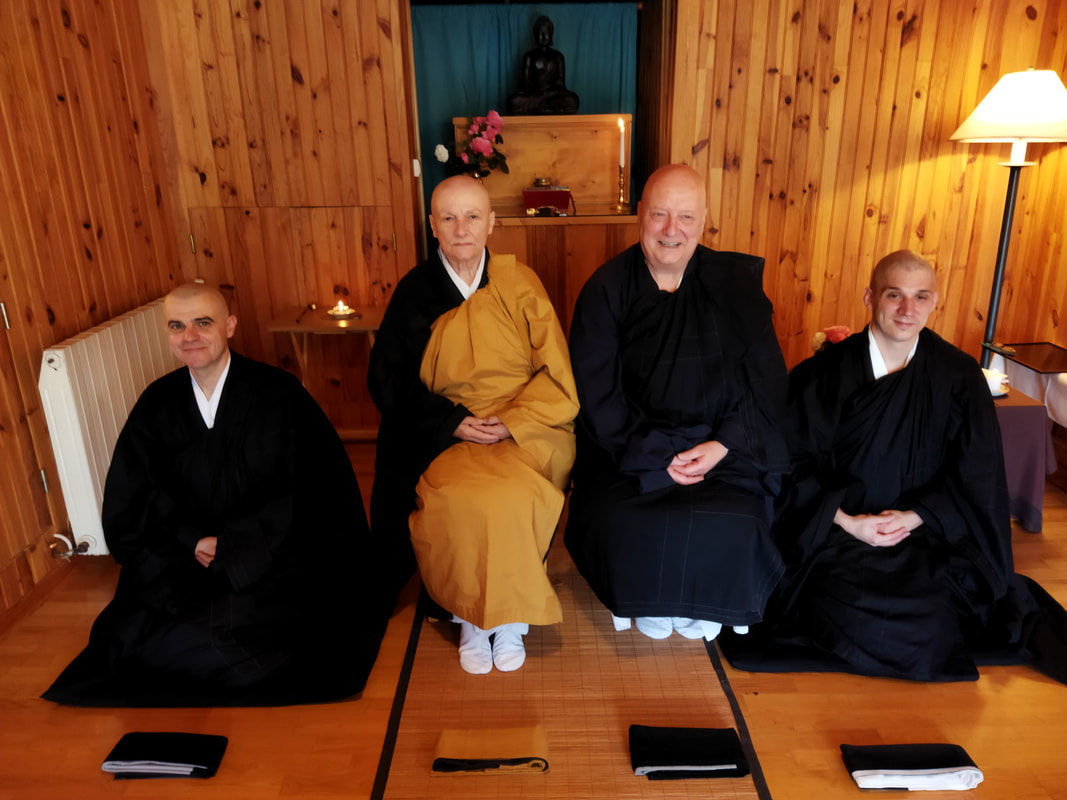
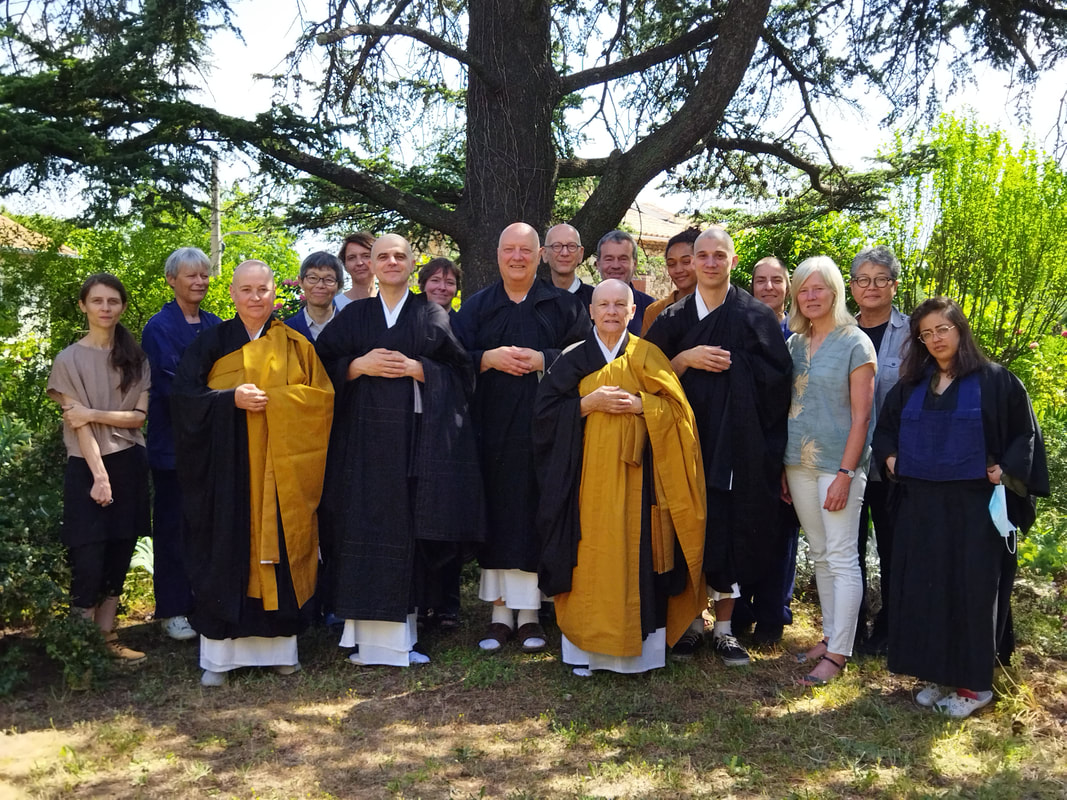
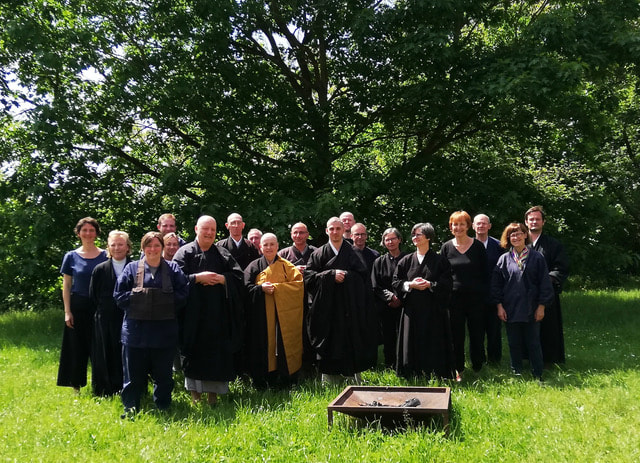
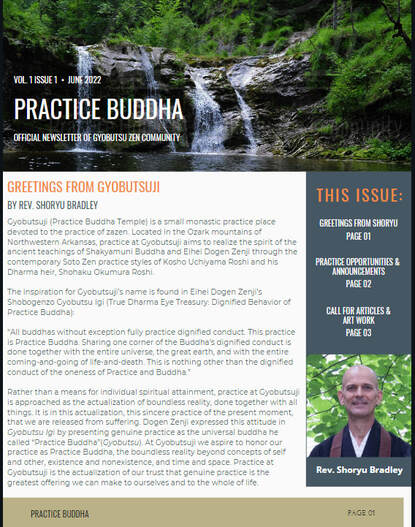

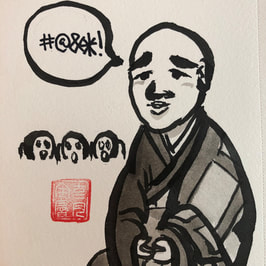

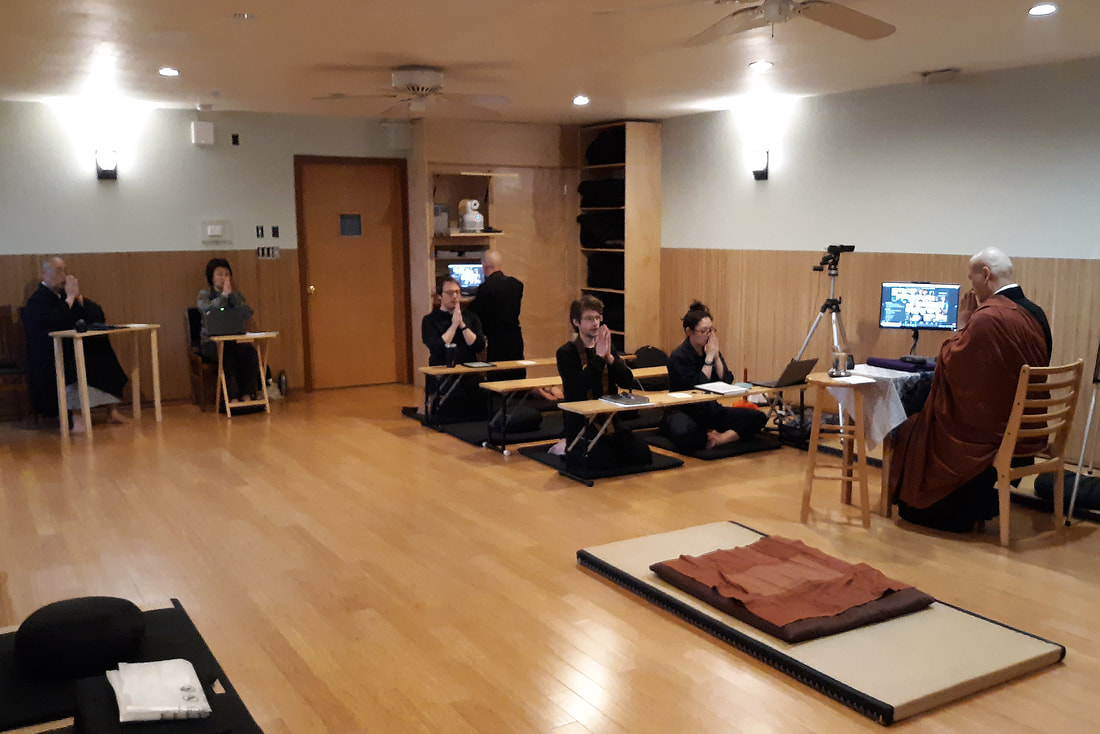

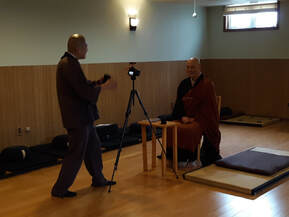
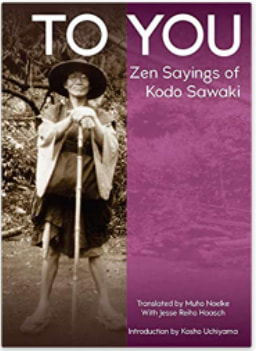
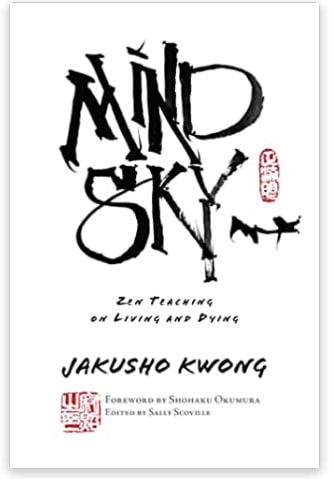
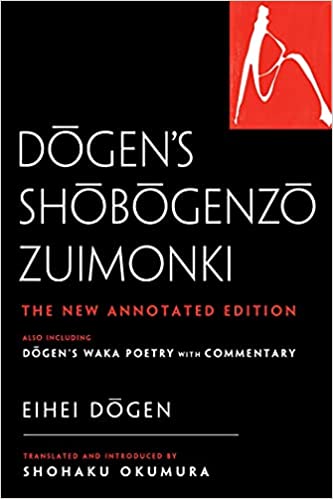


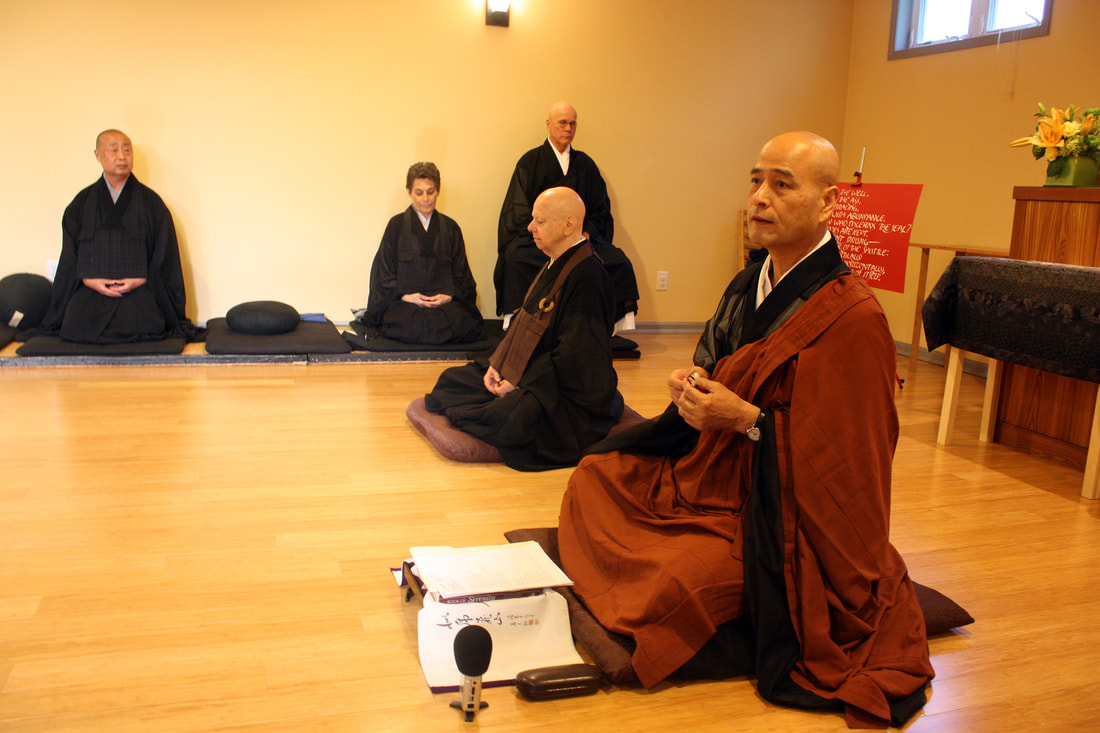

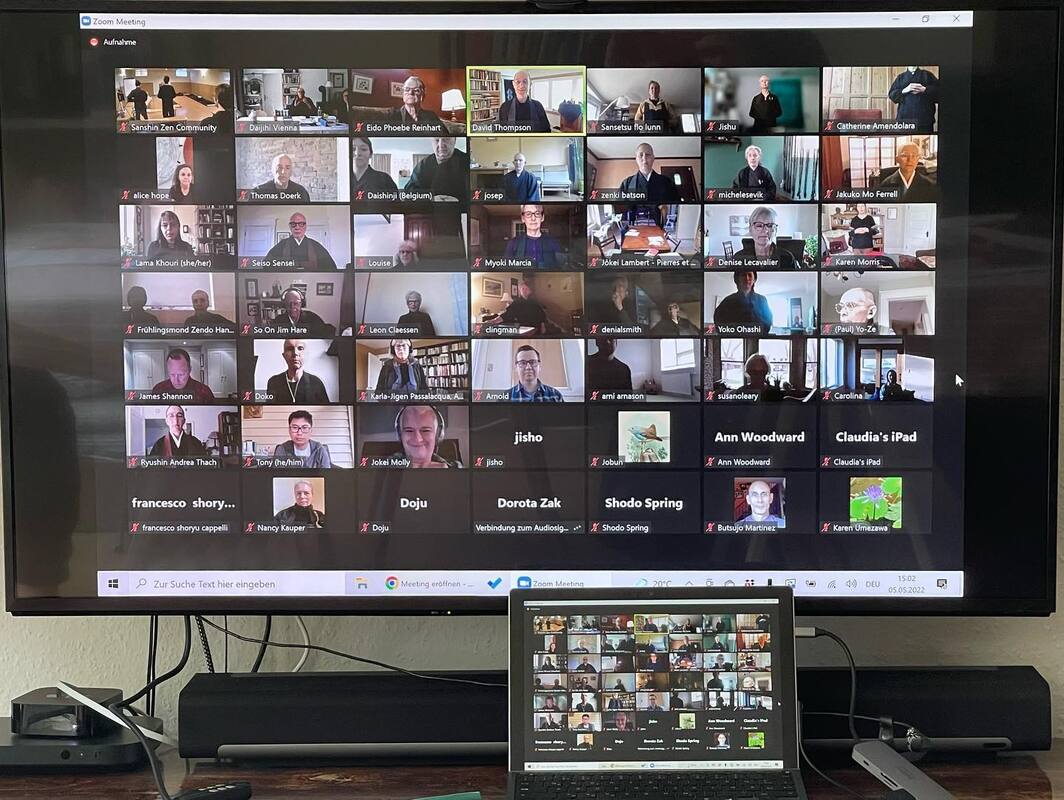
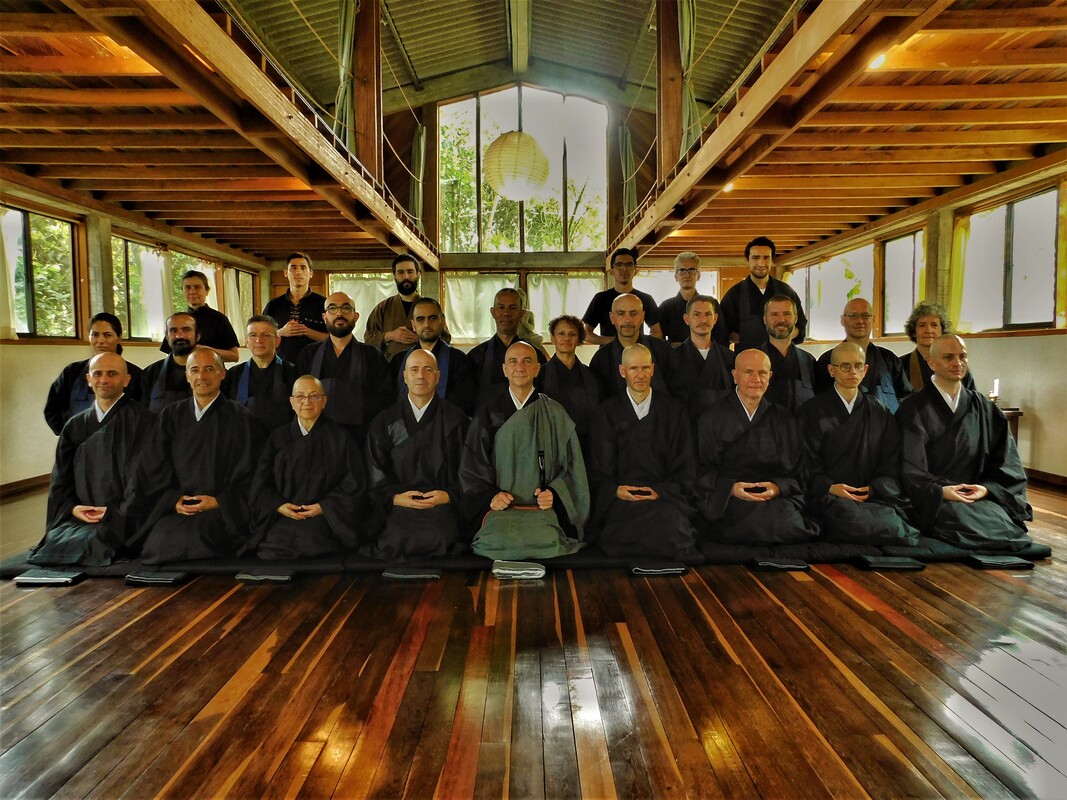
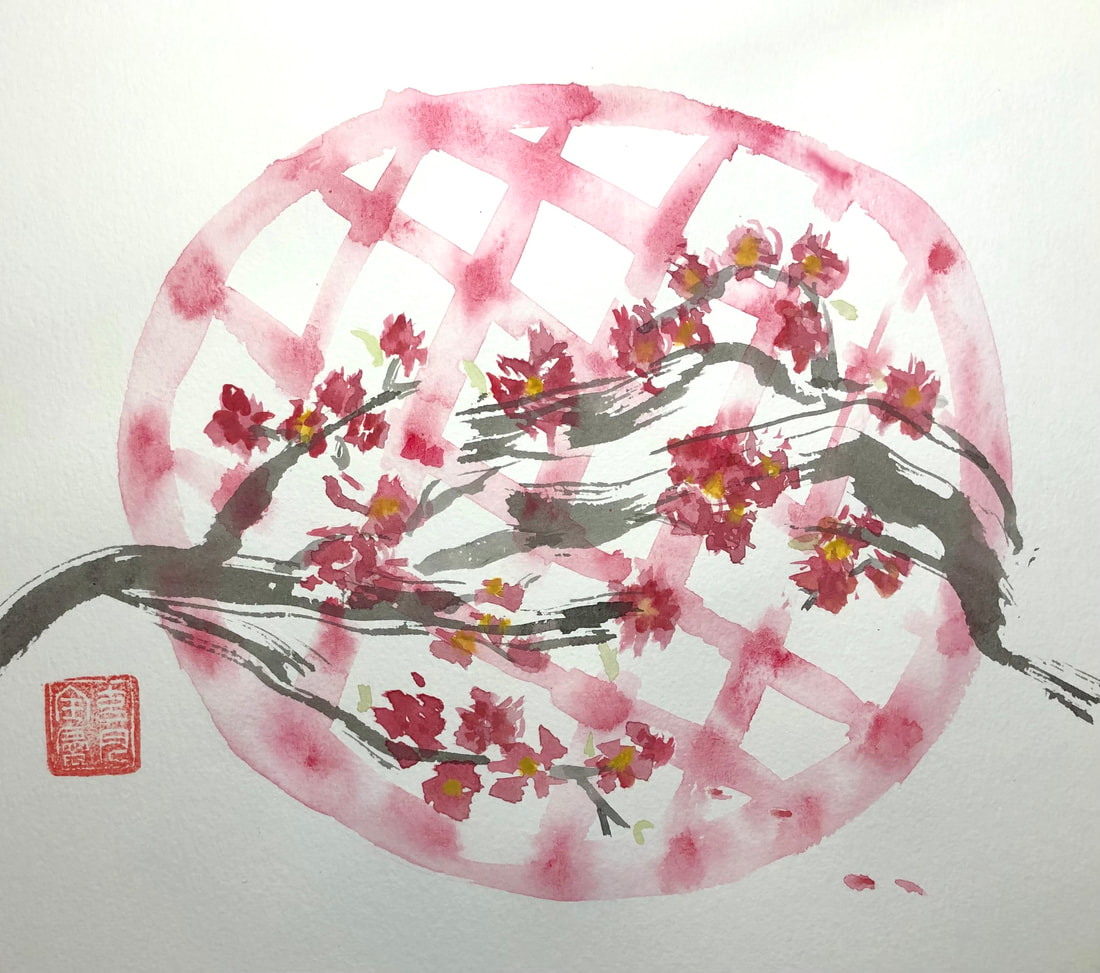
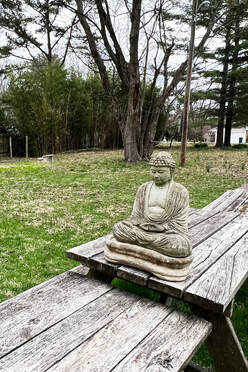
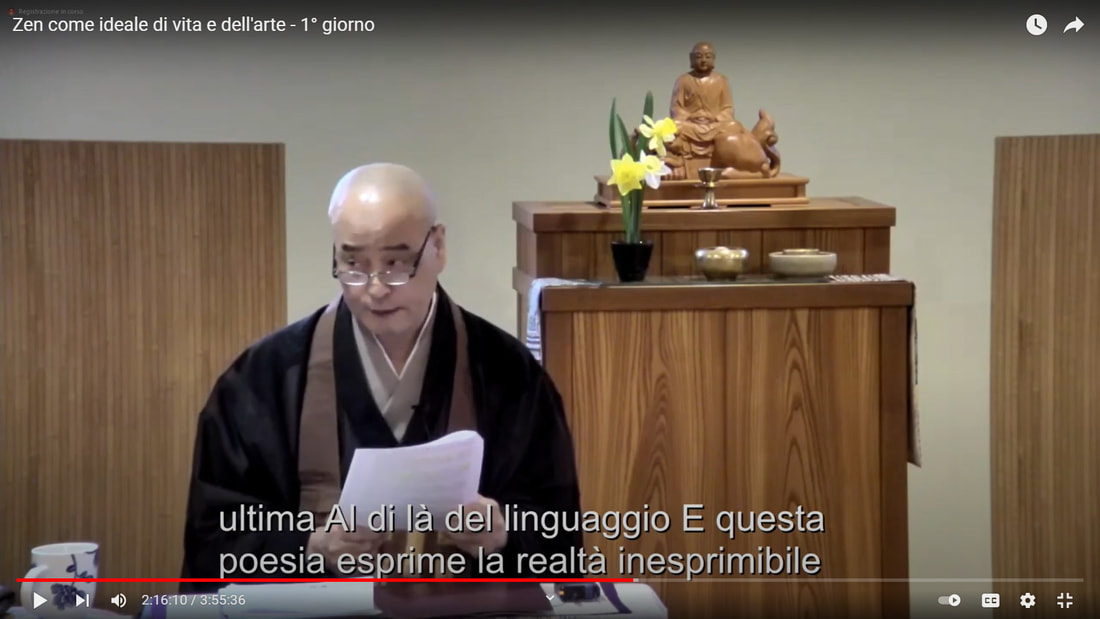
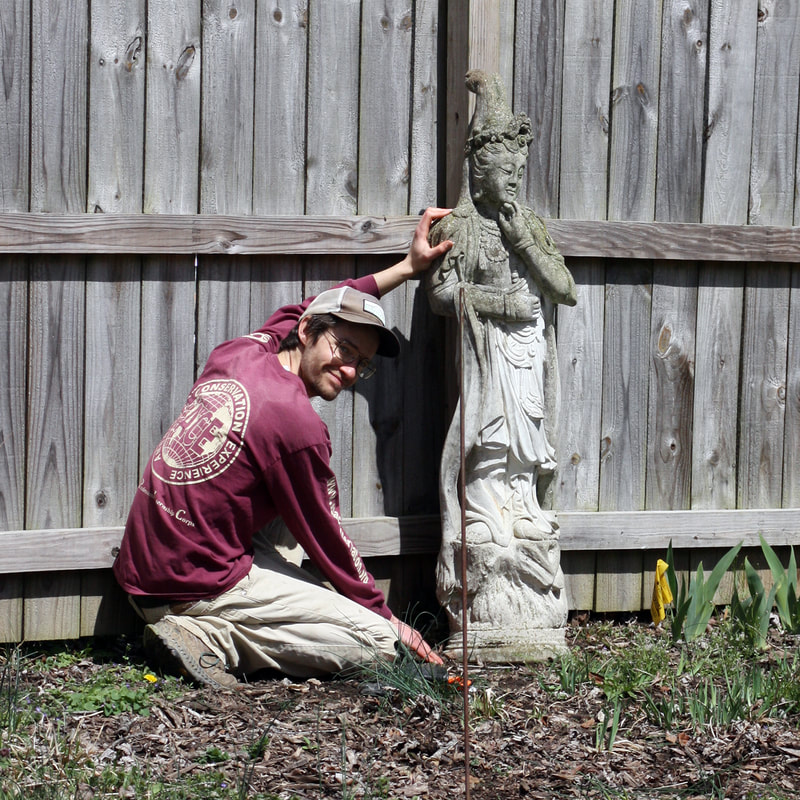
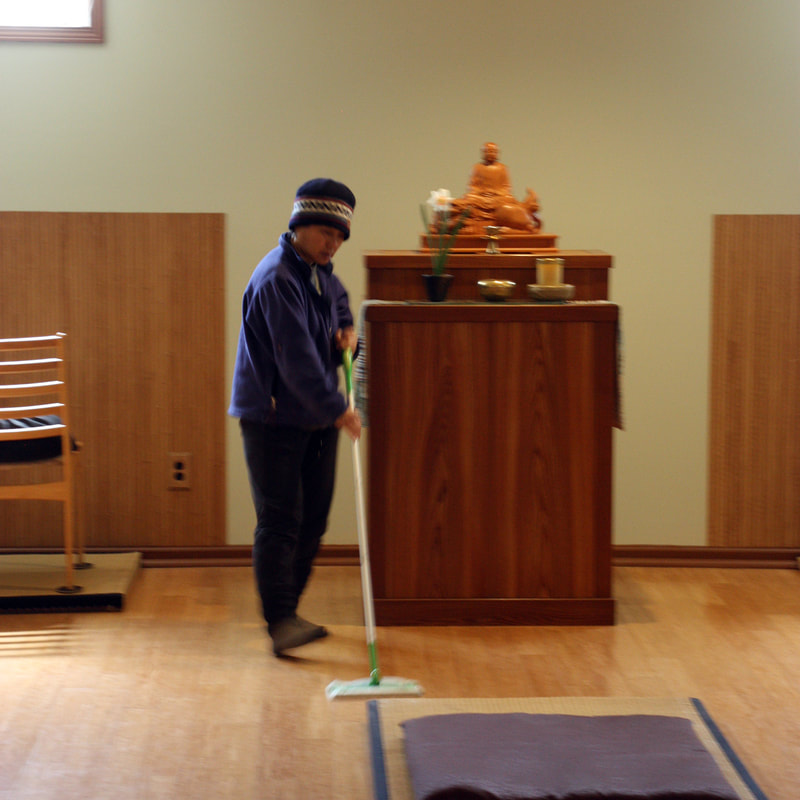
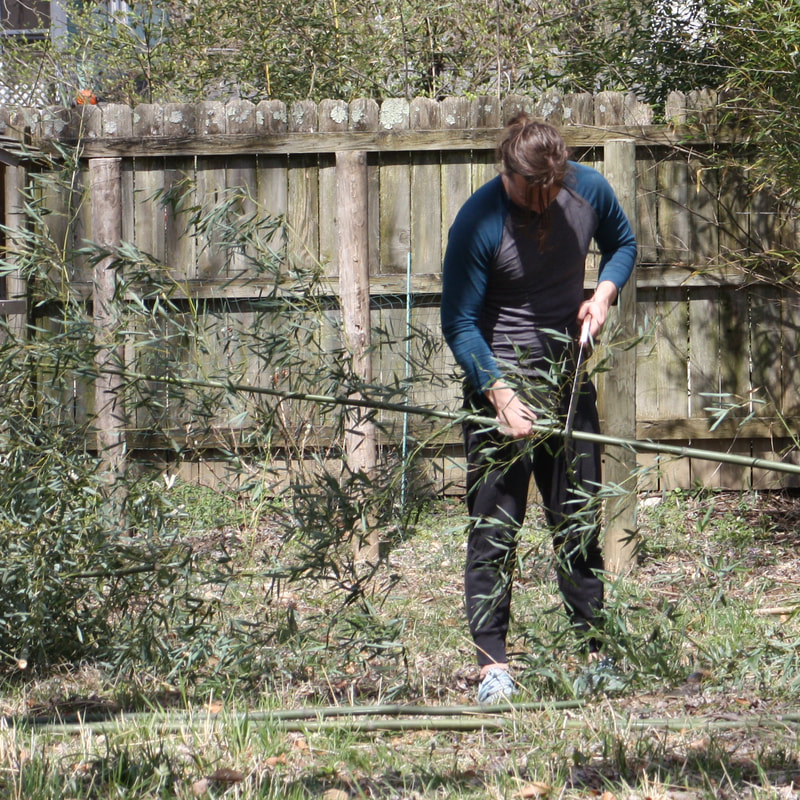

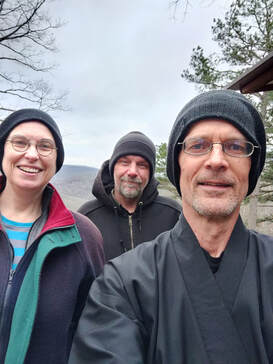

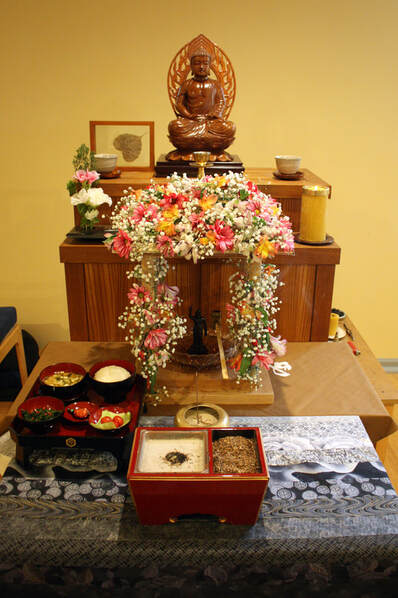

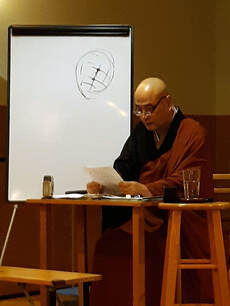
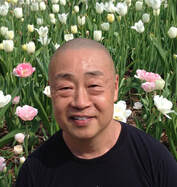

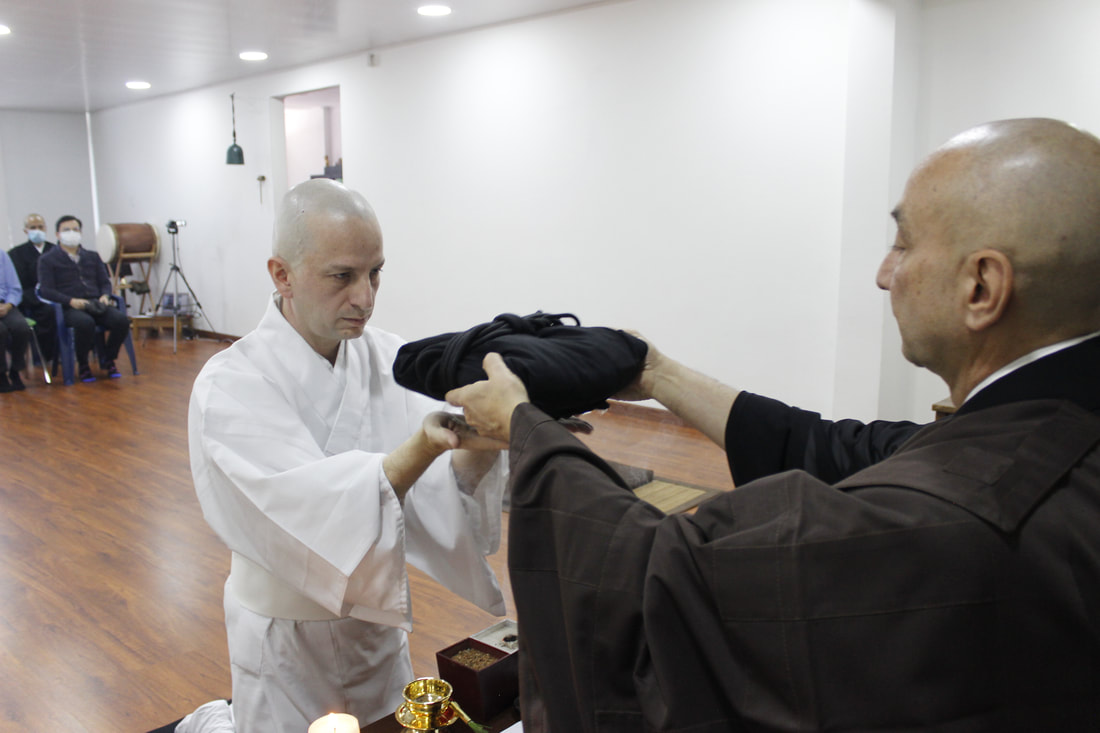
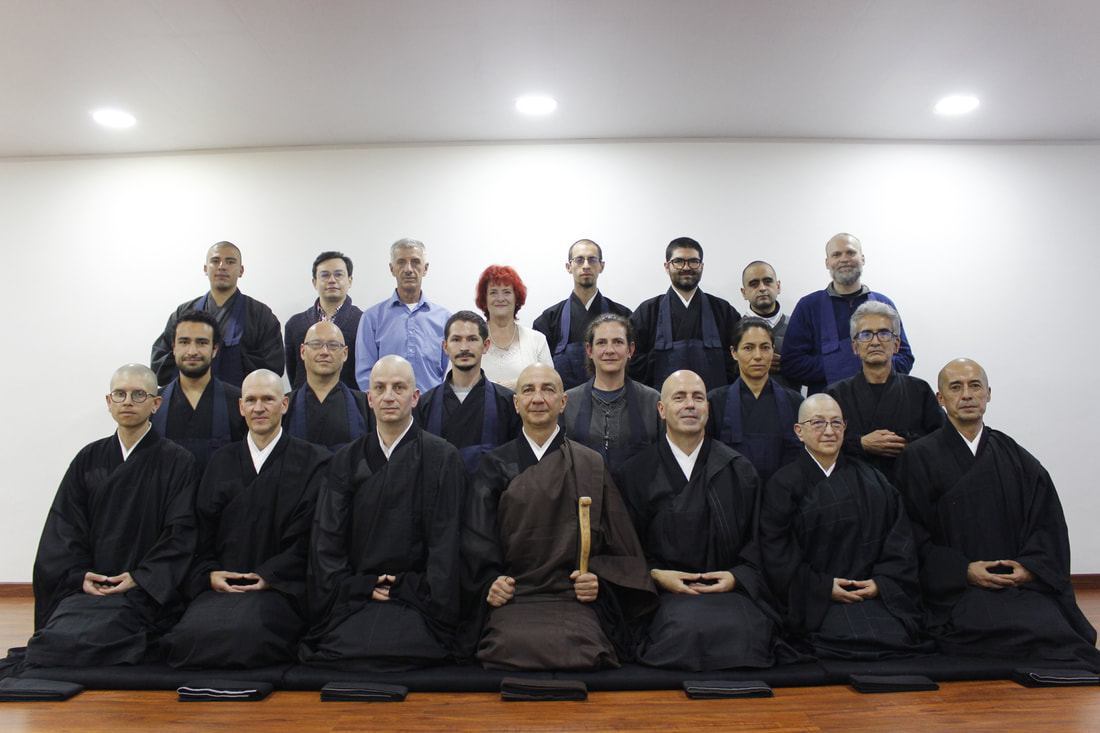
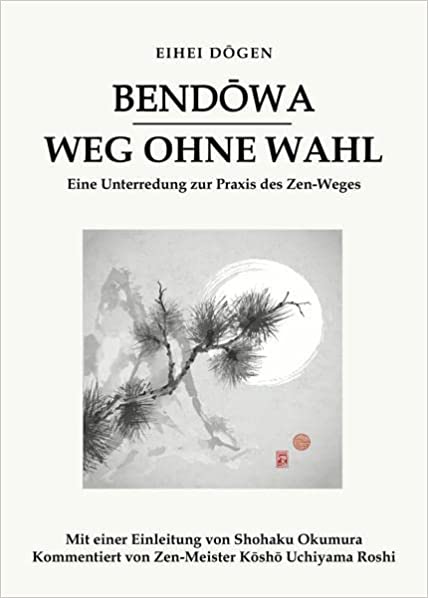

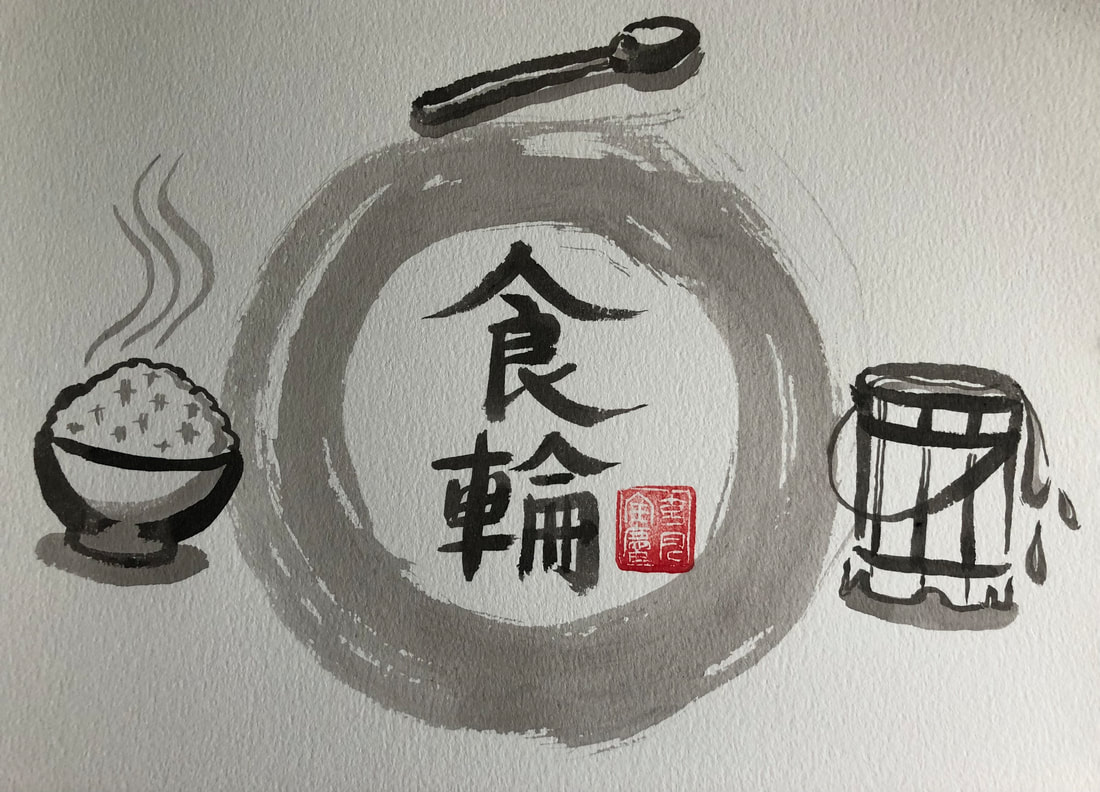


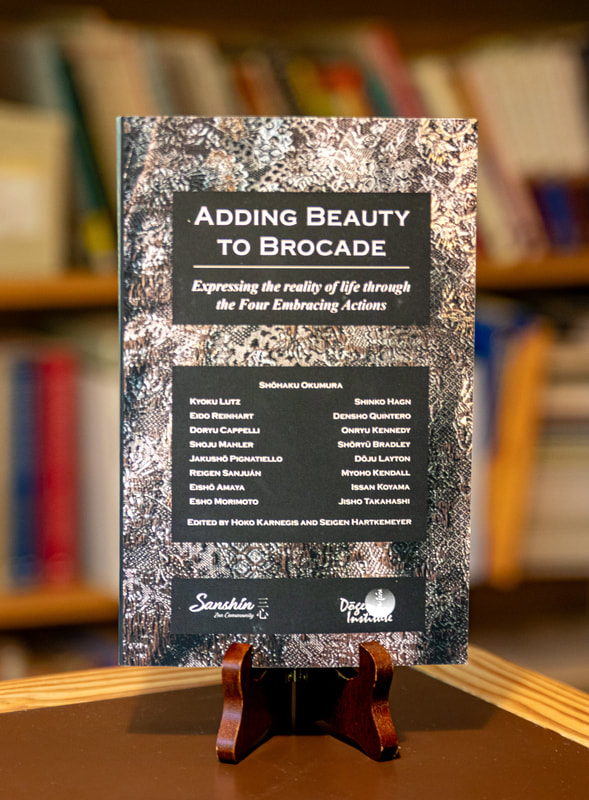
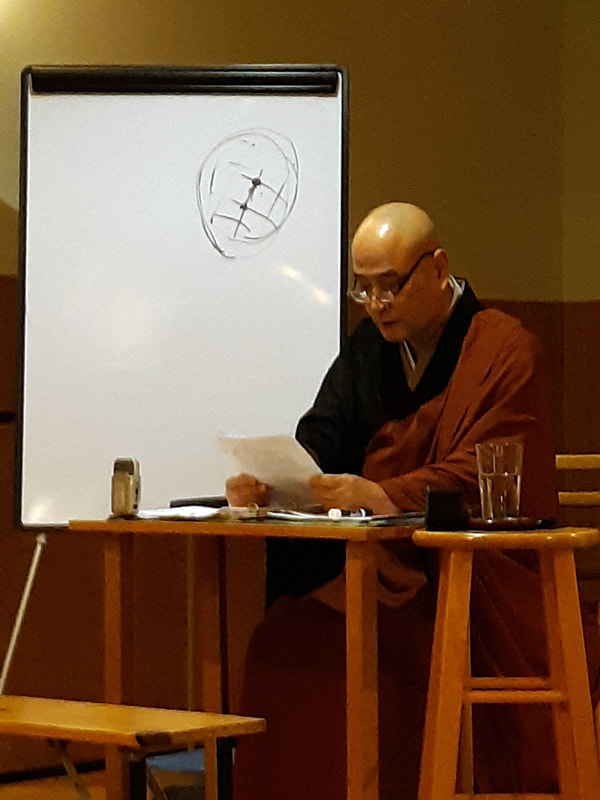
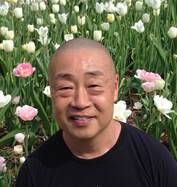


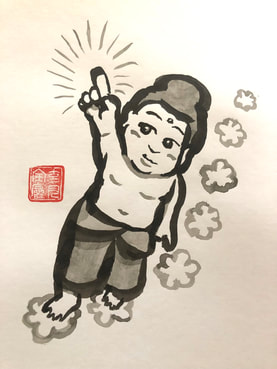



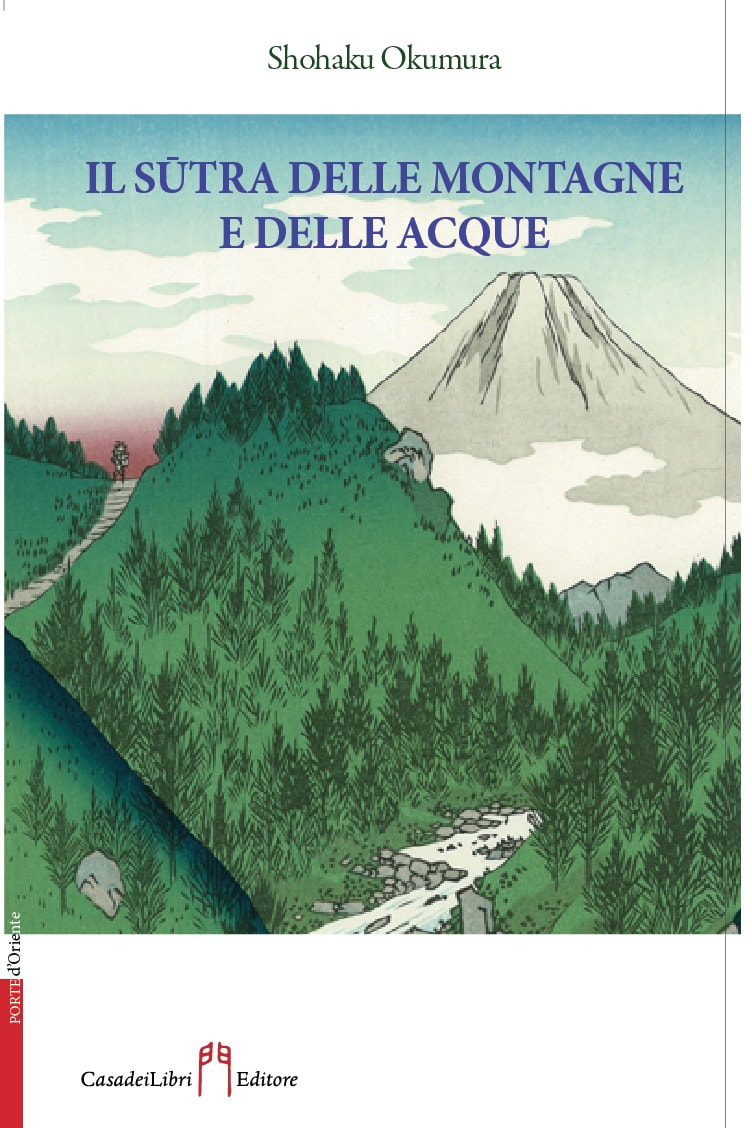

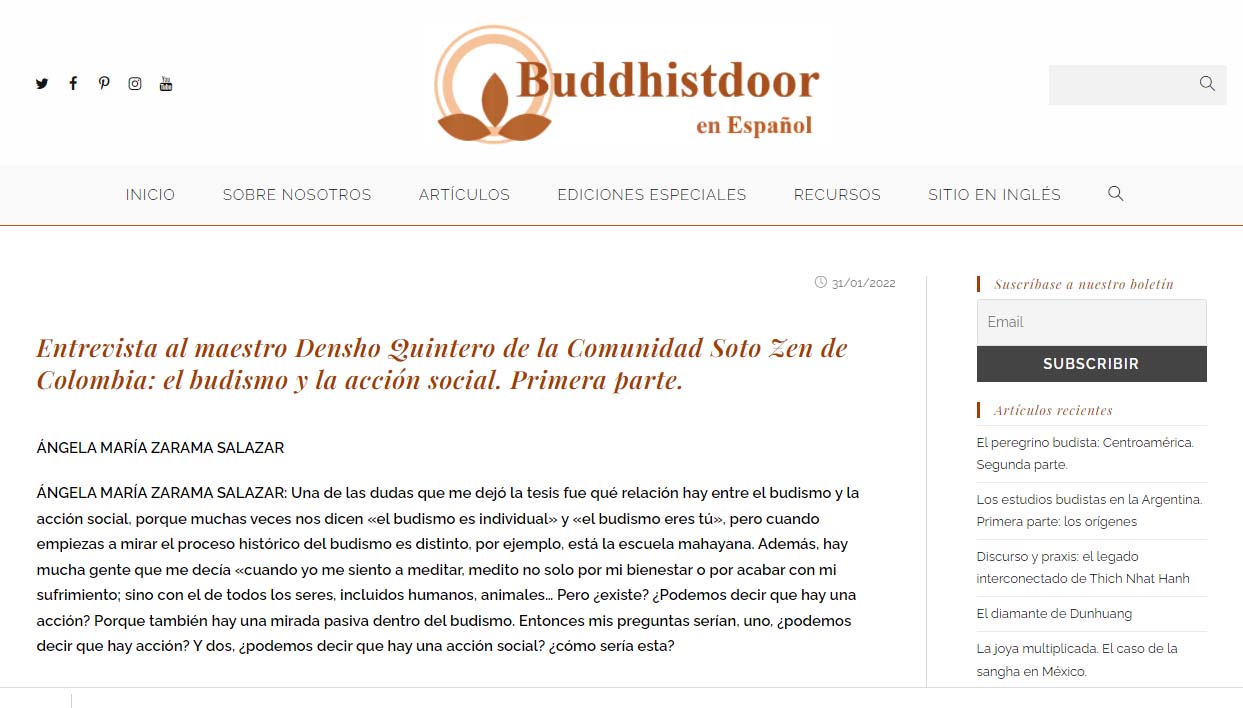

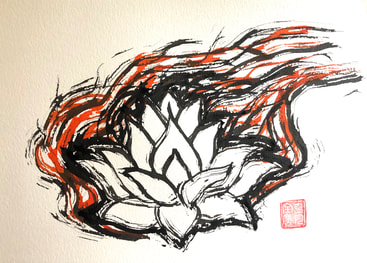

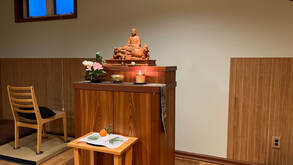


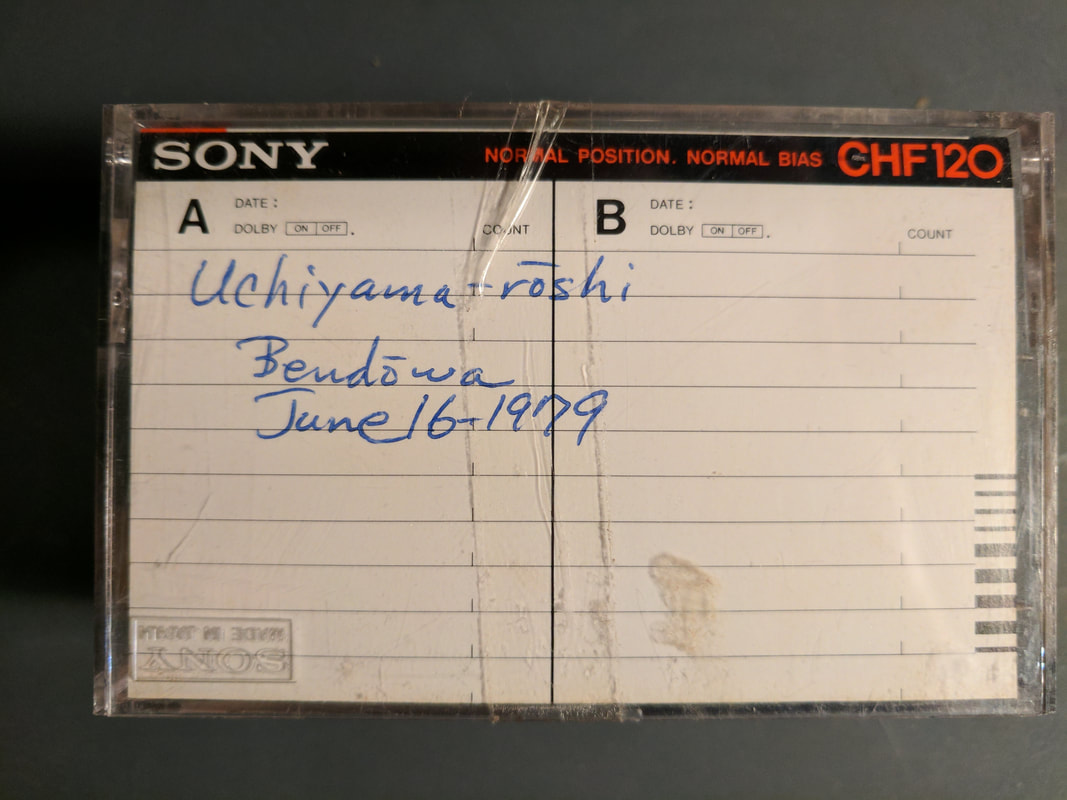
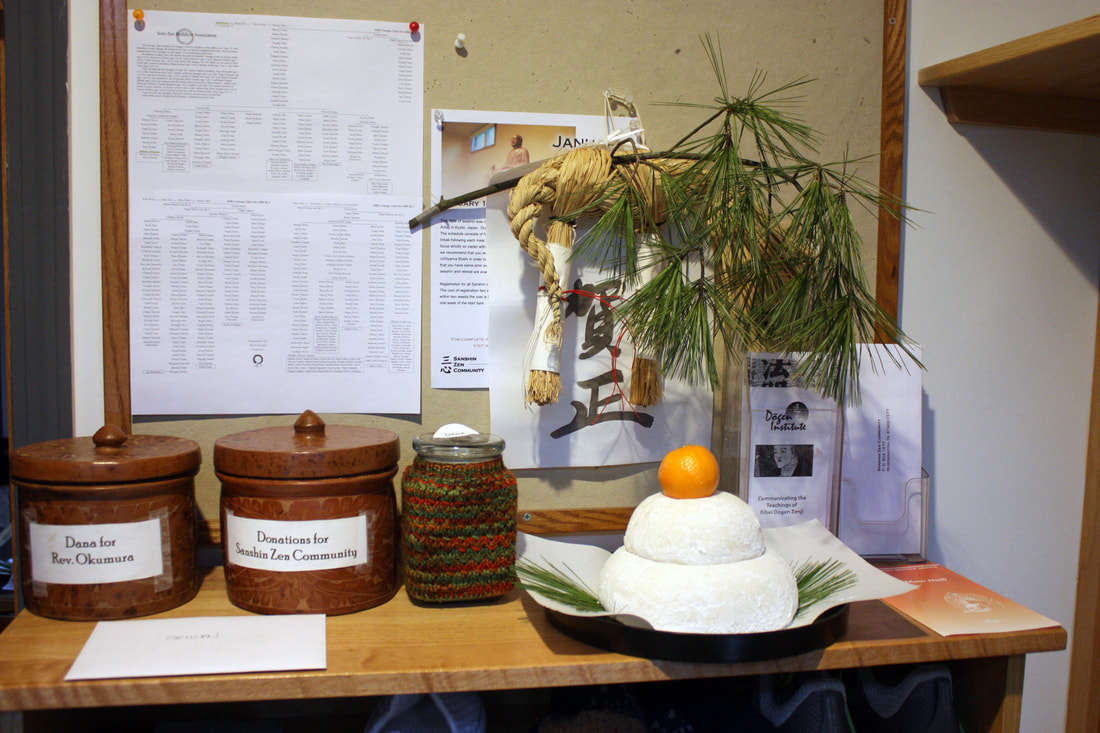
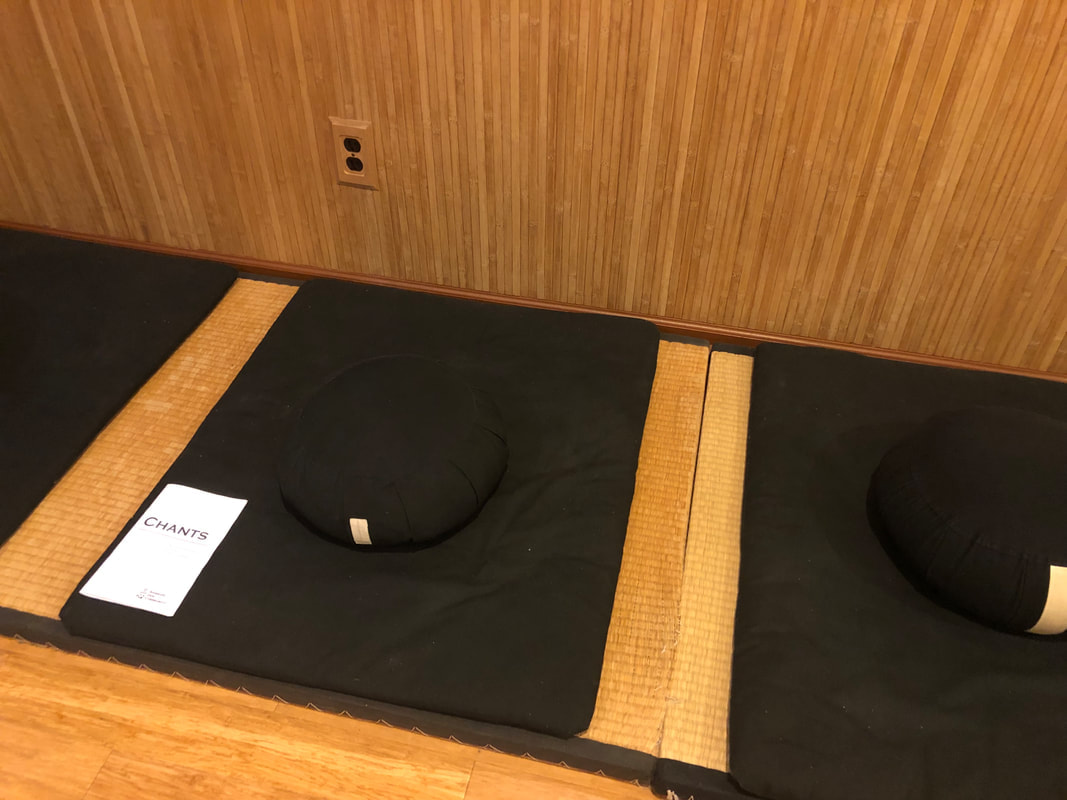

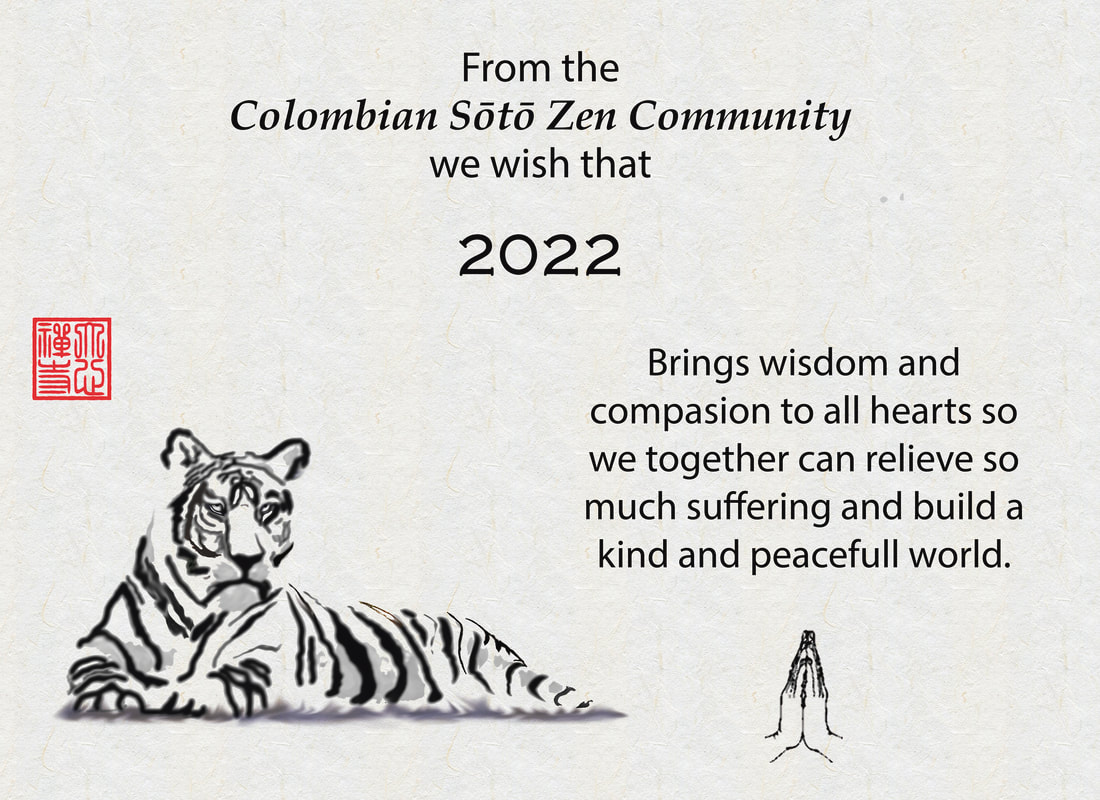

 RSS Feed
RSS Feed